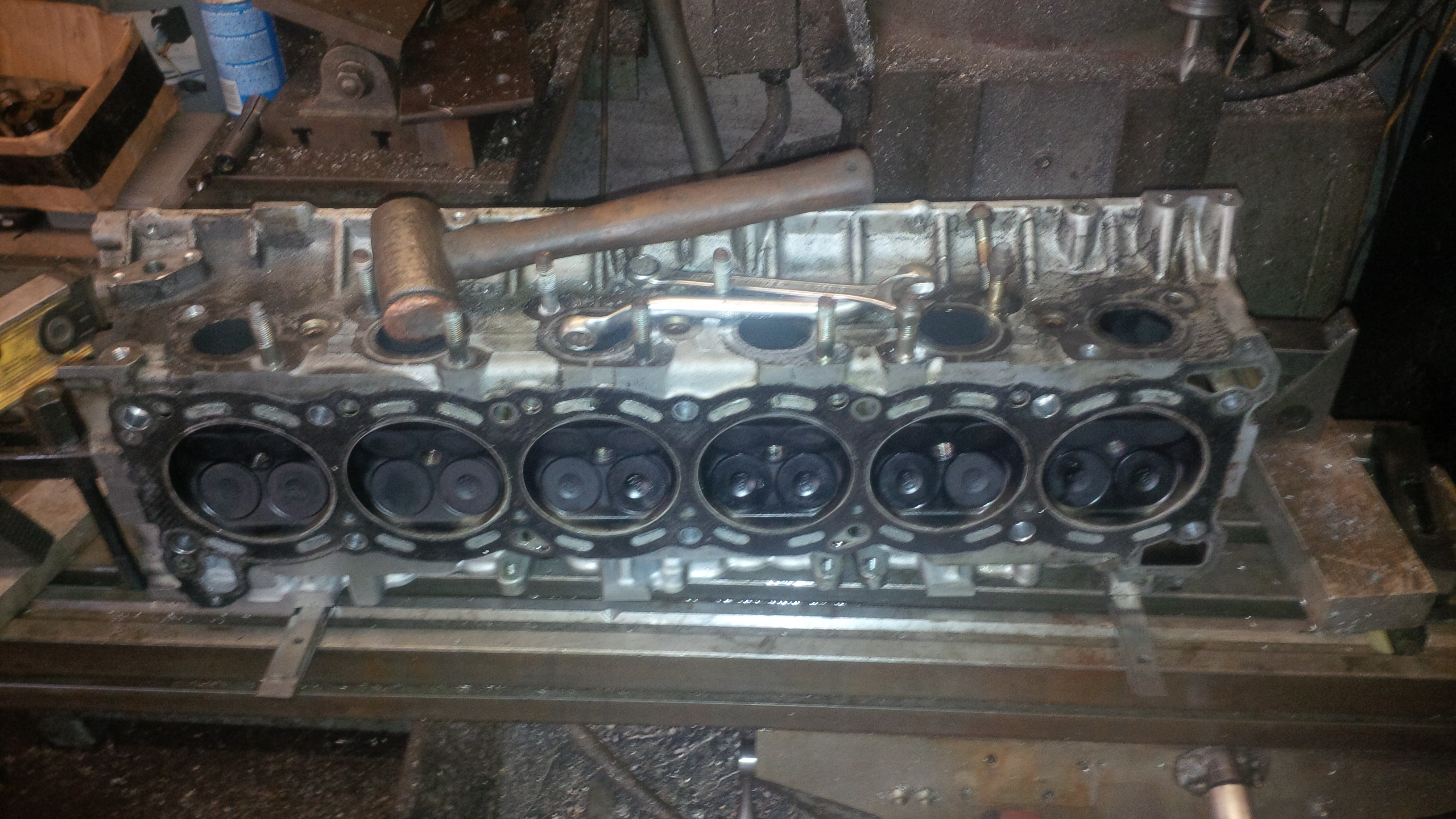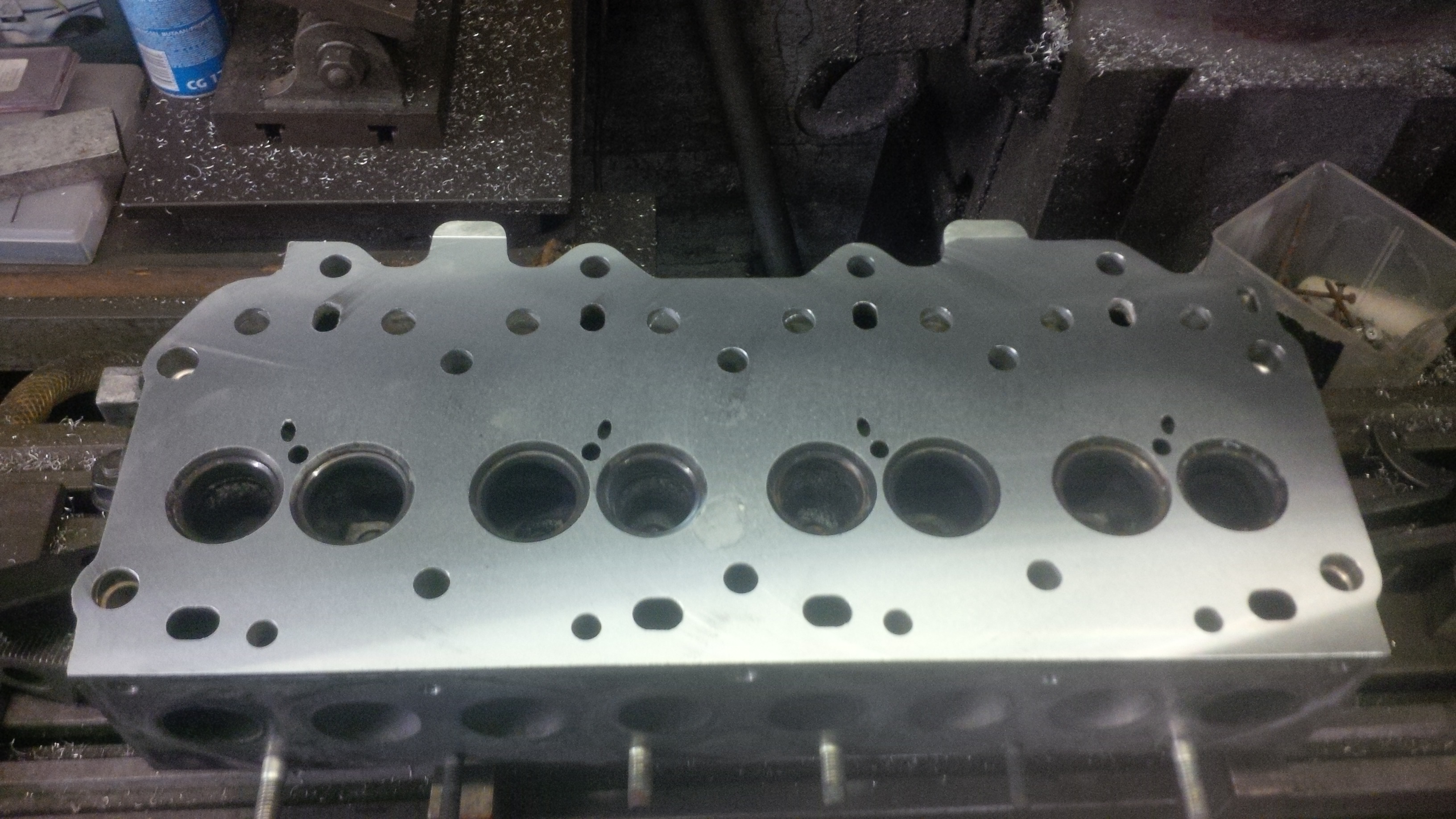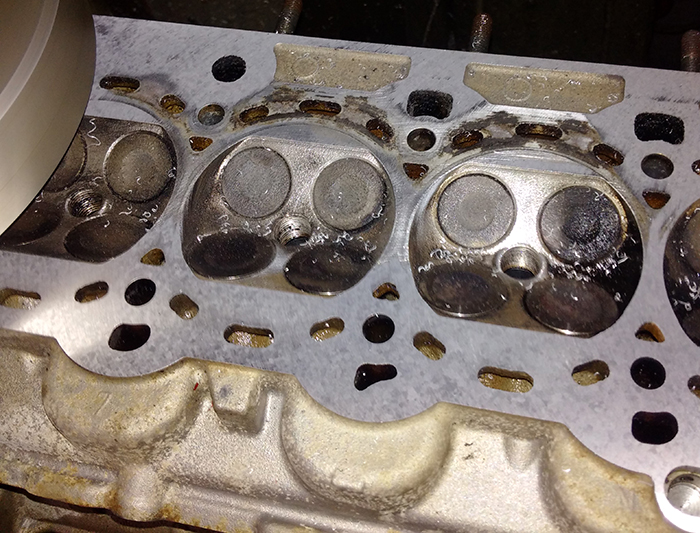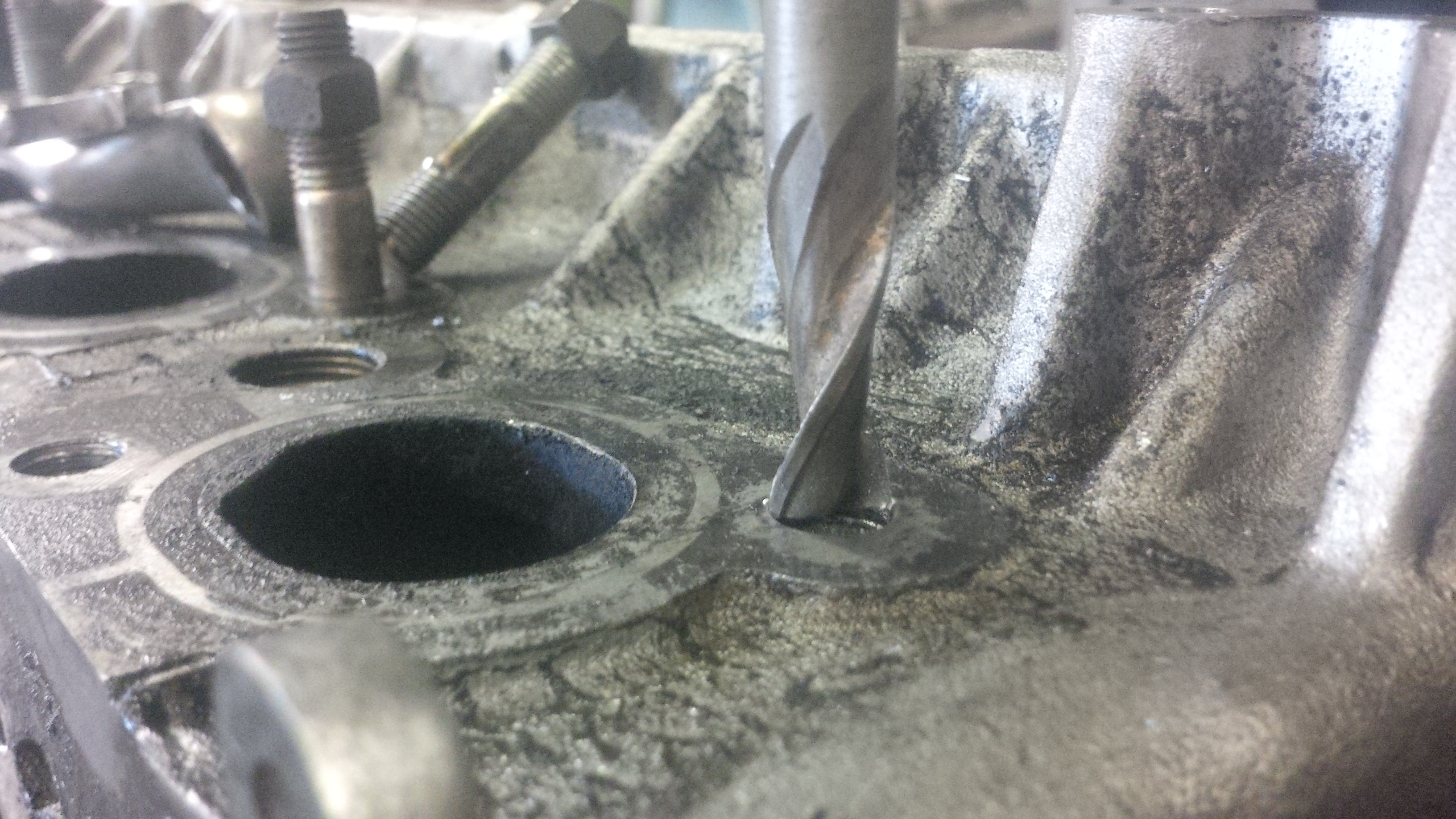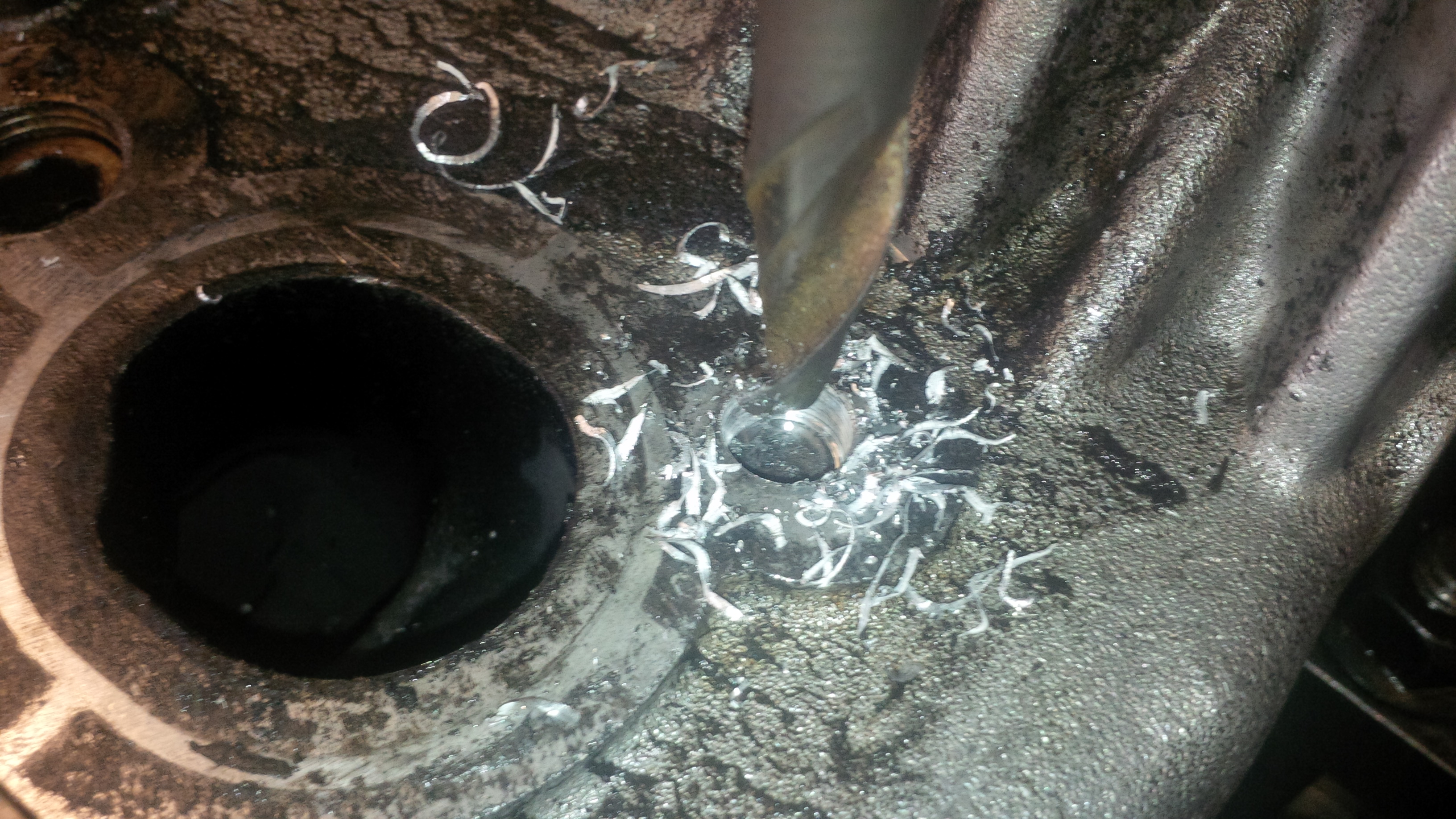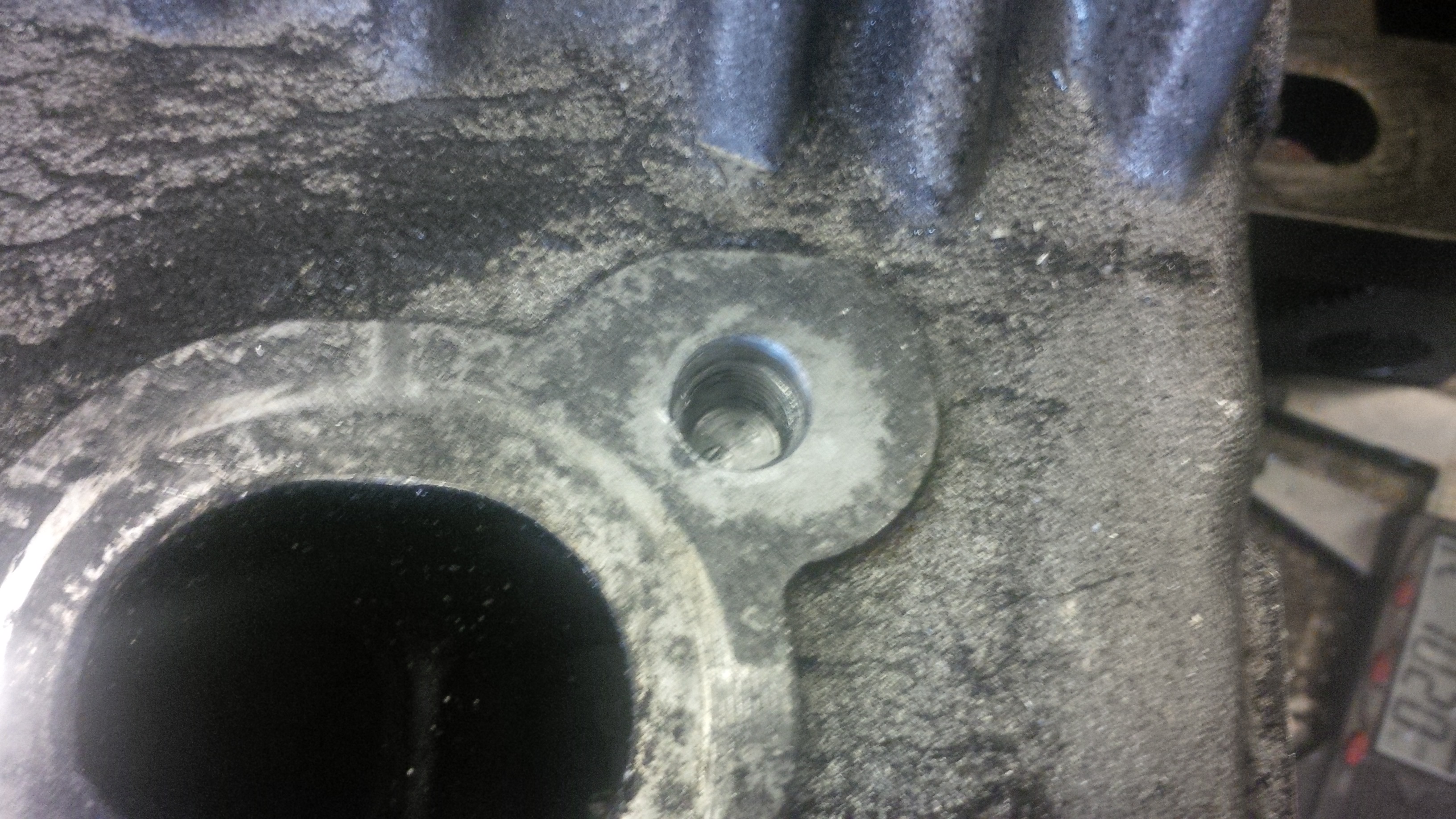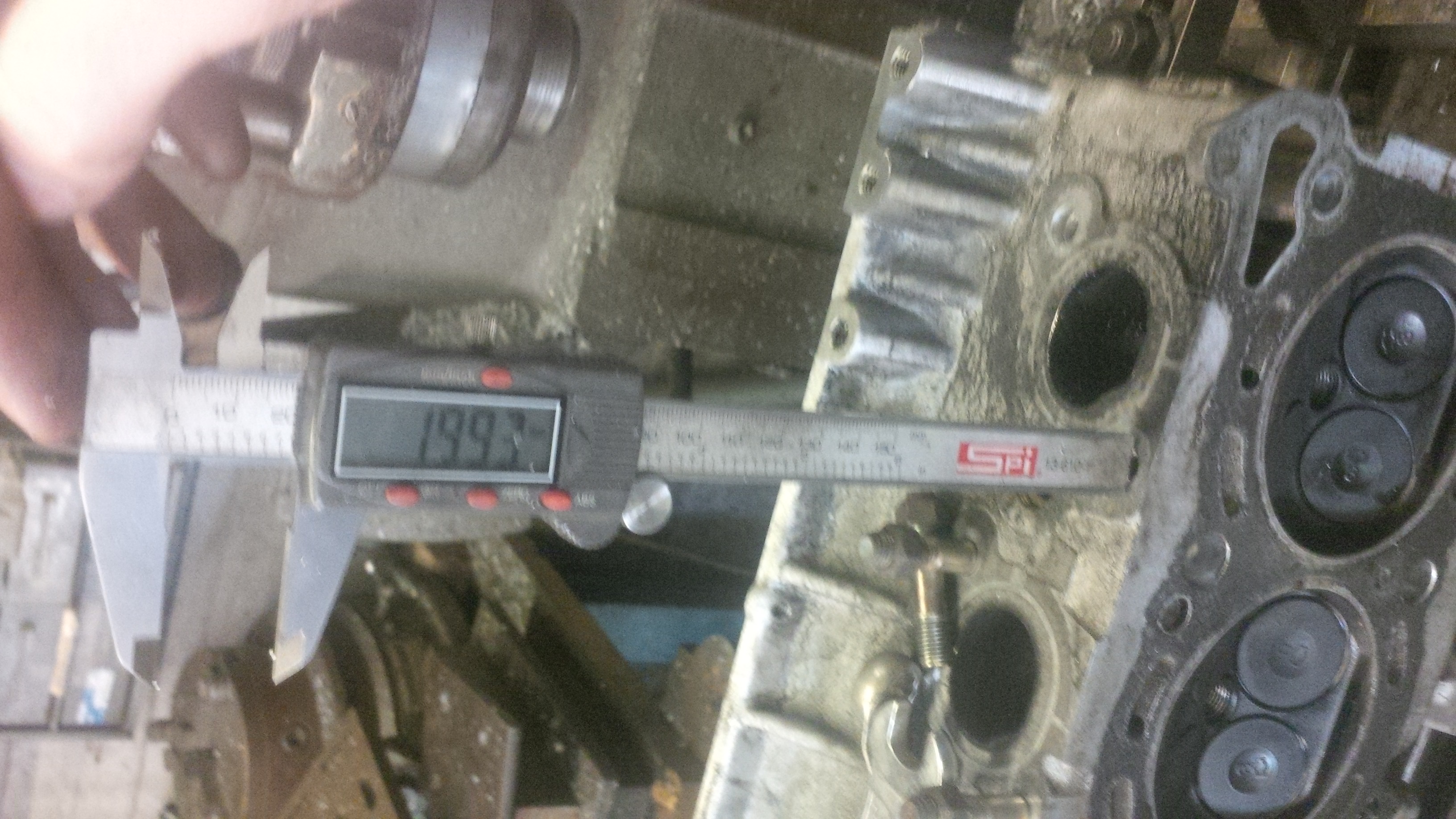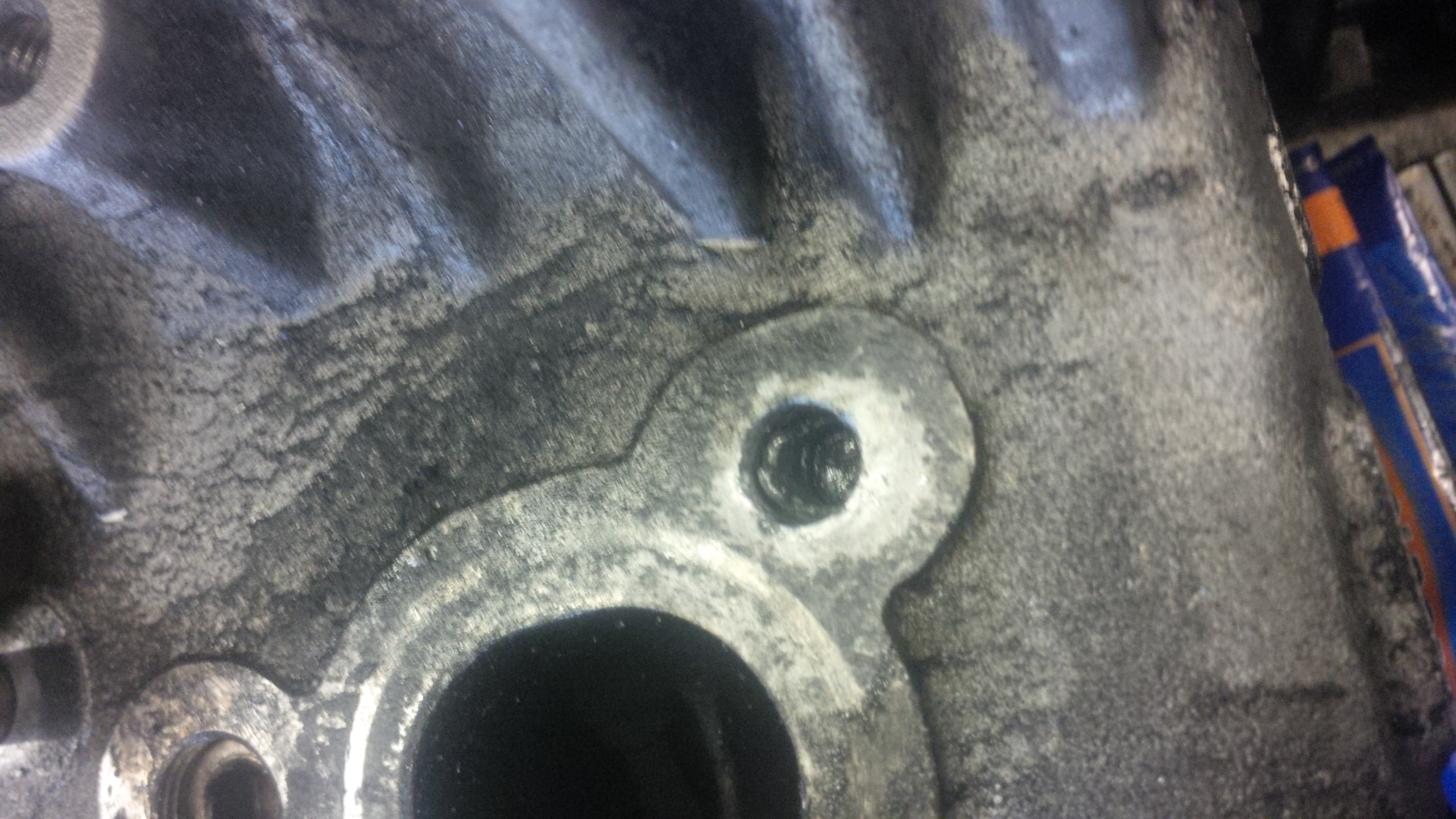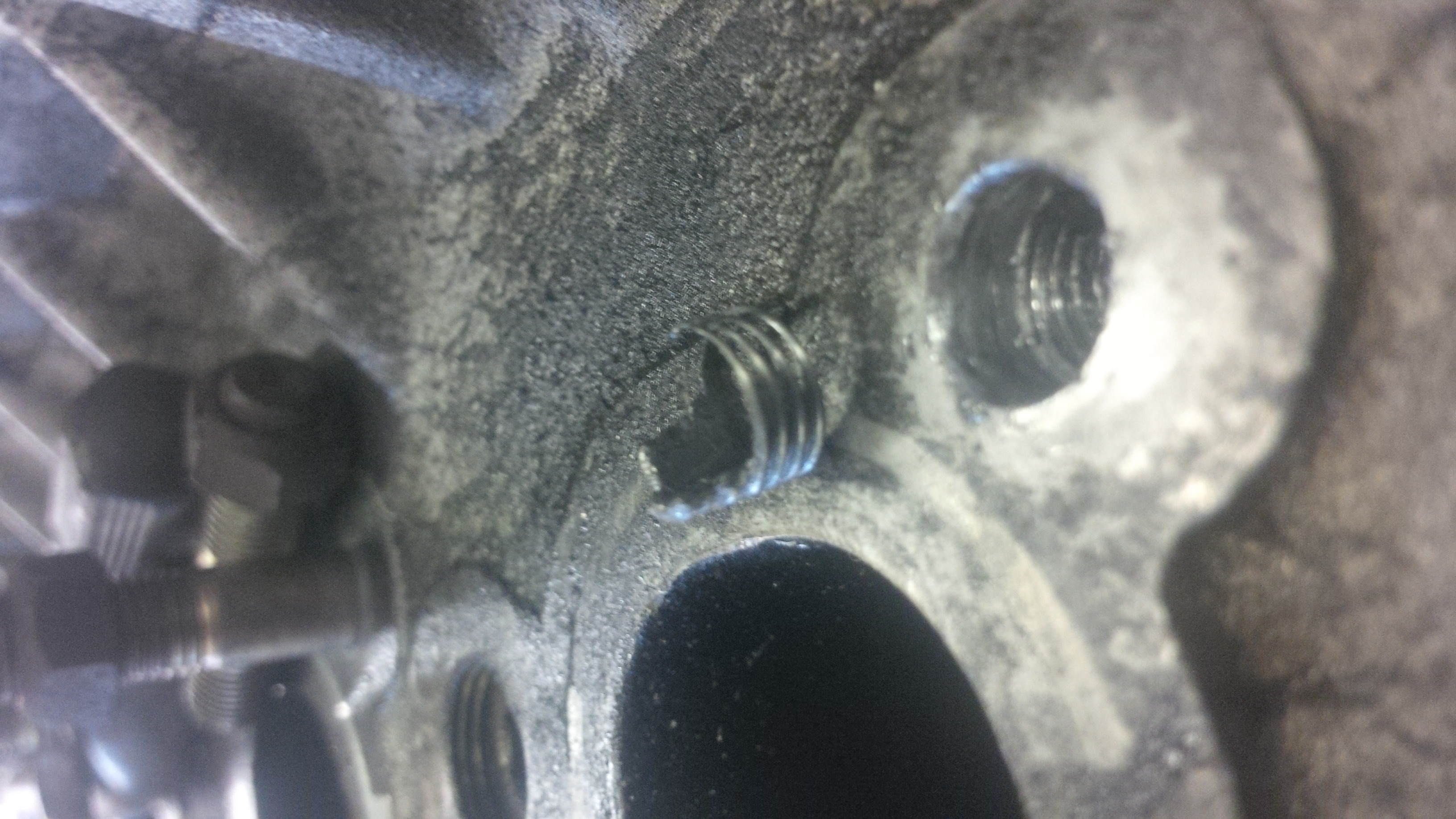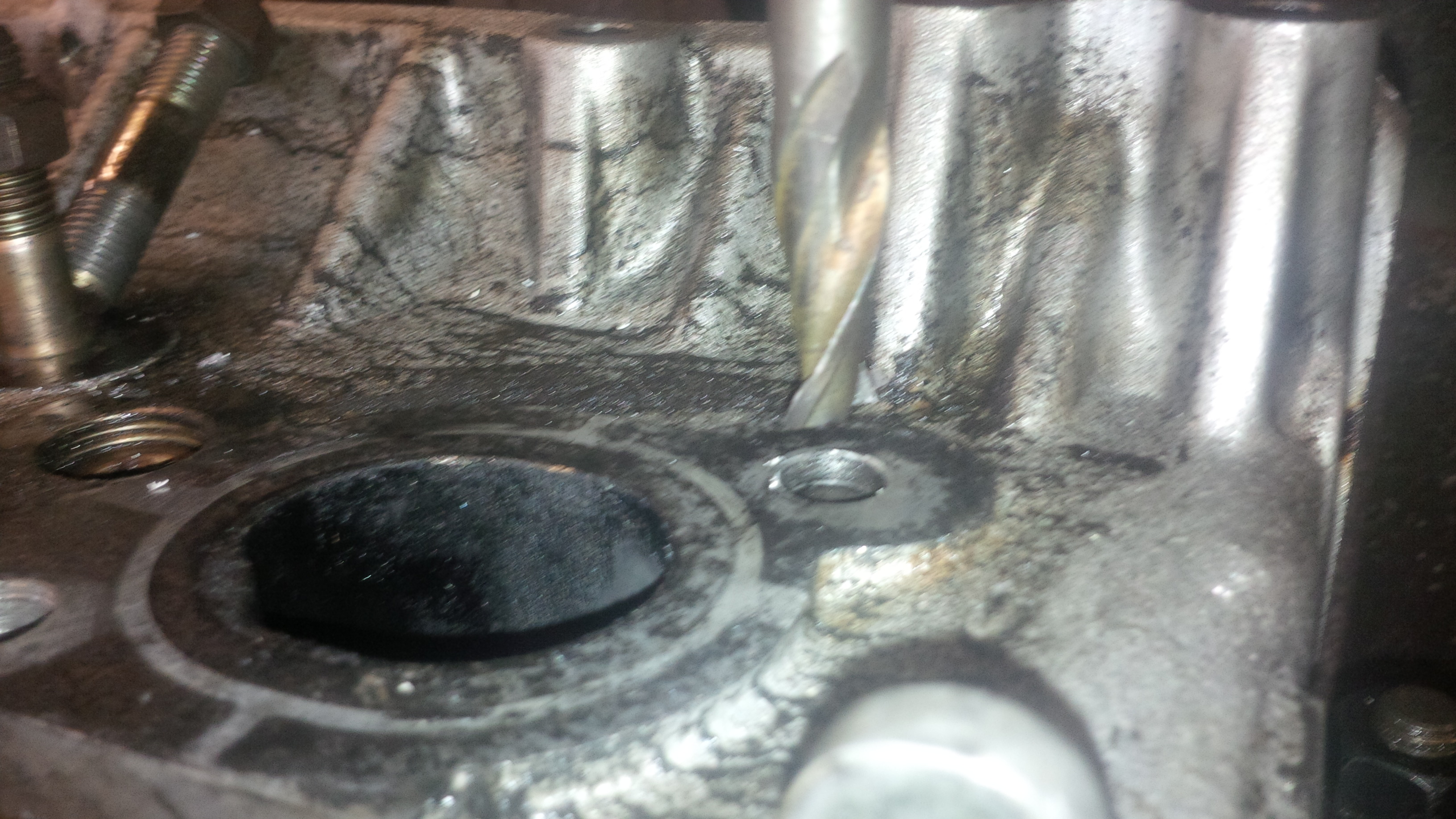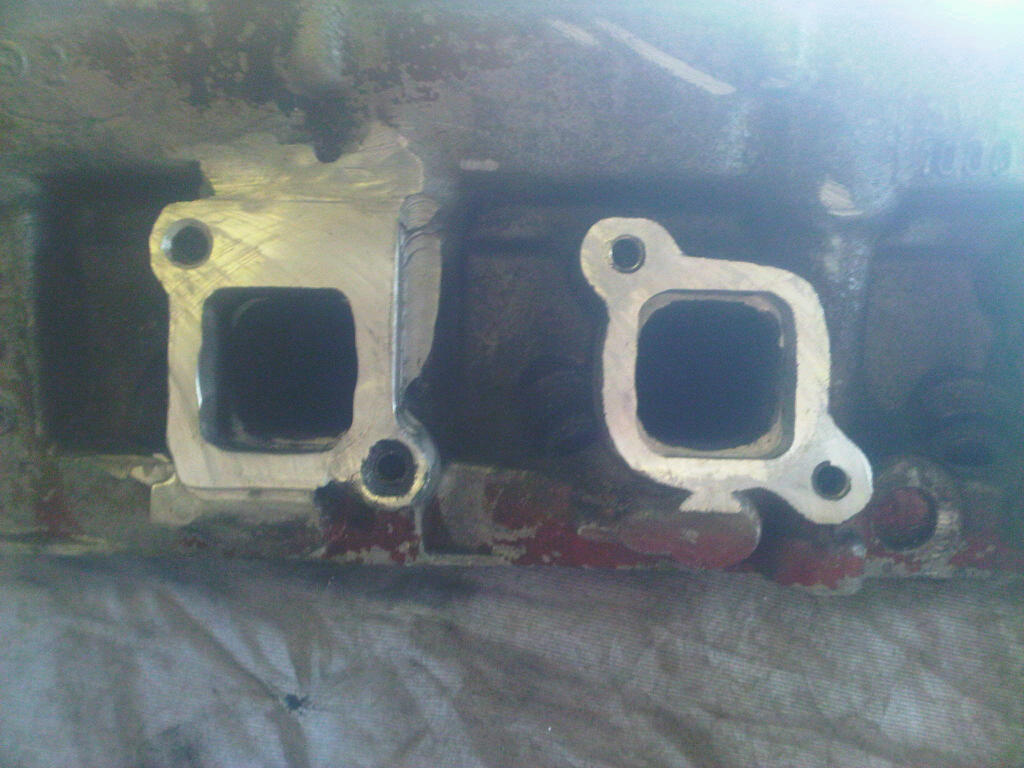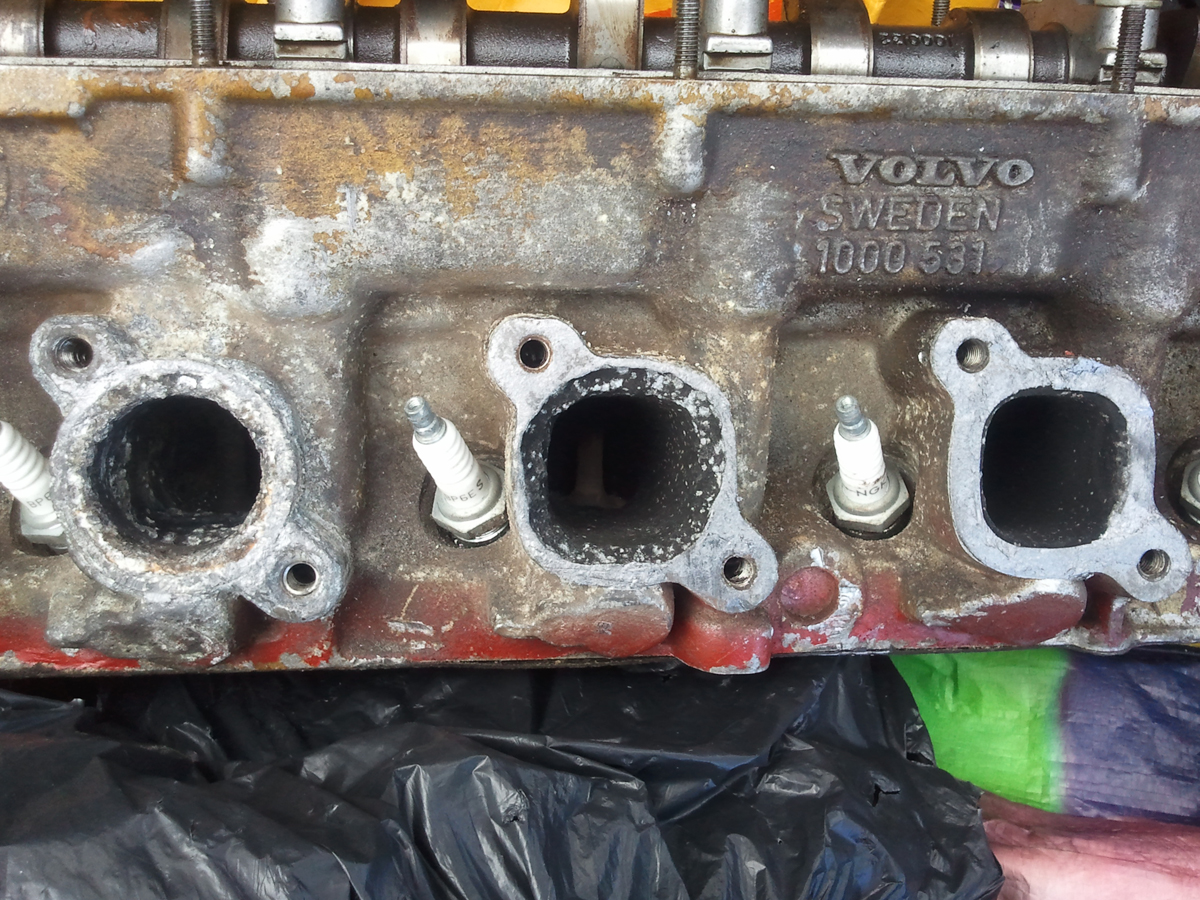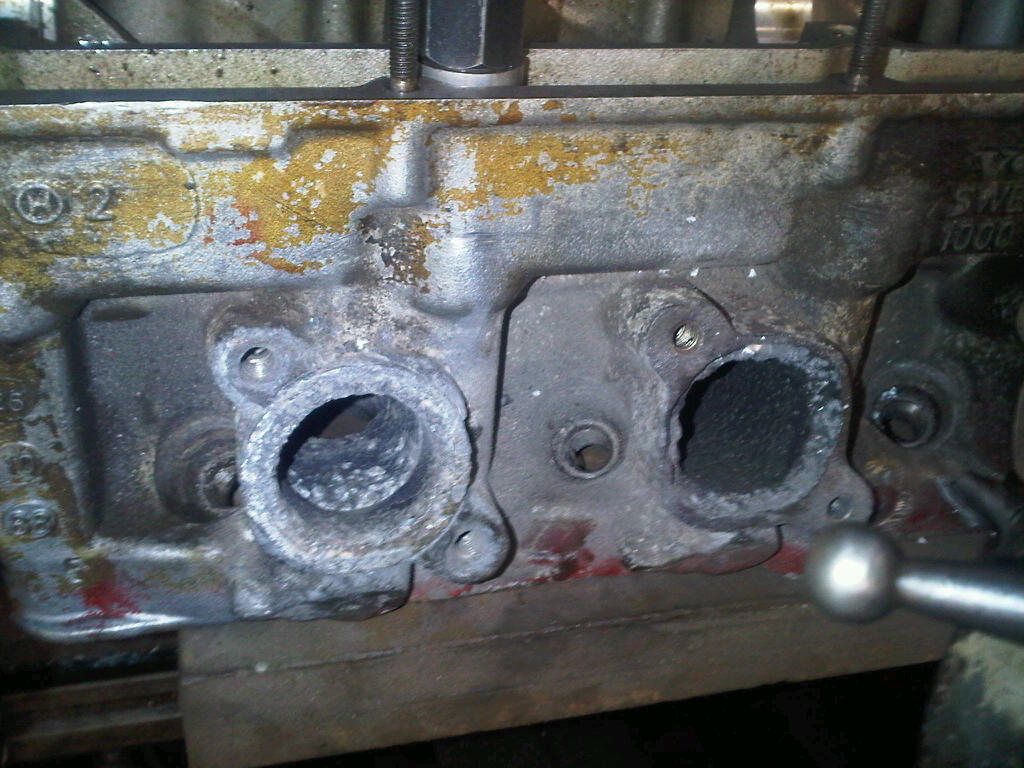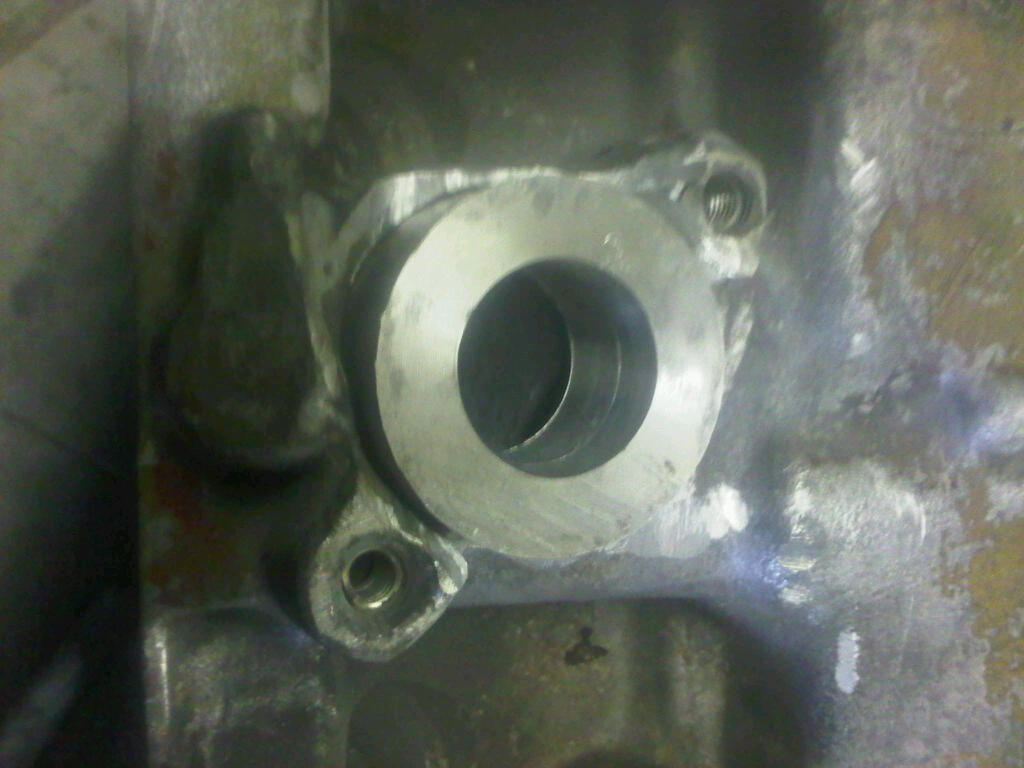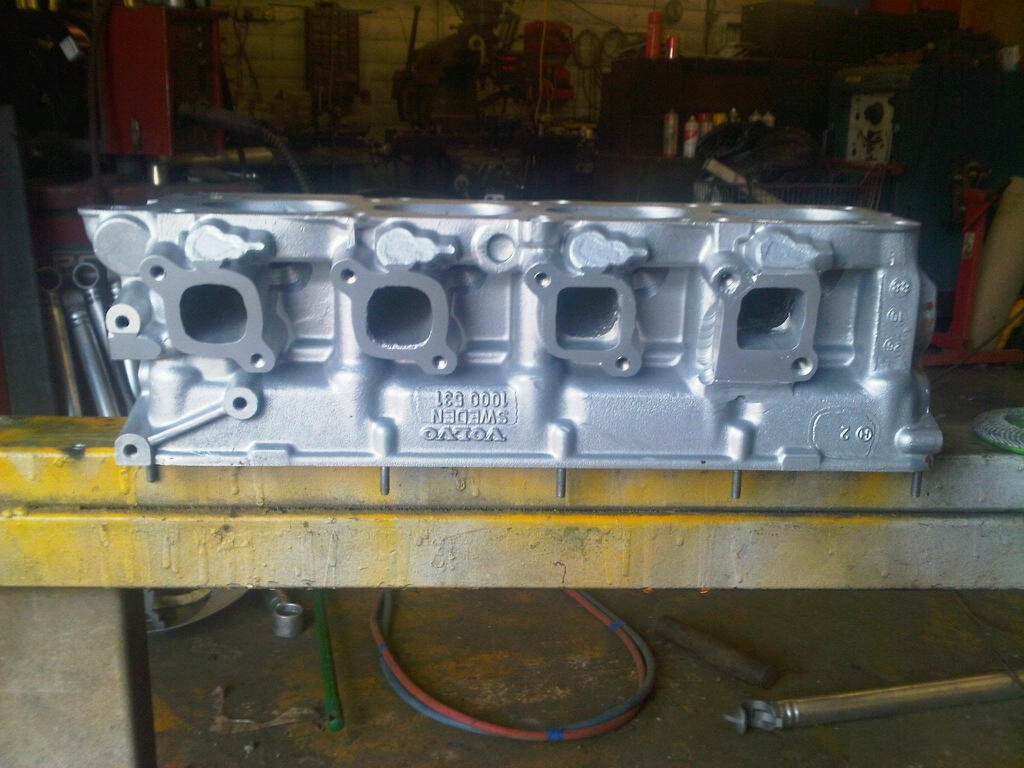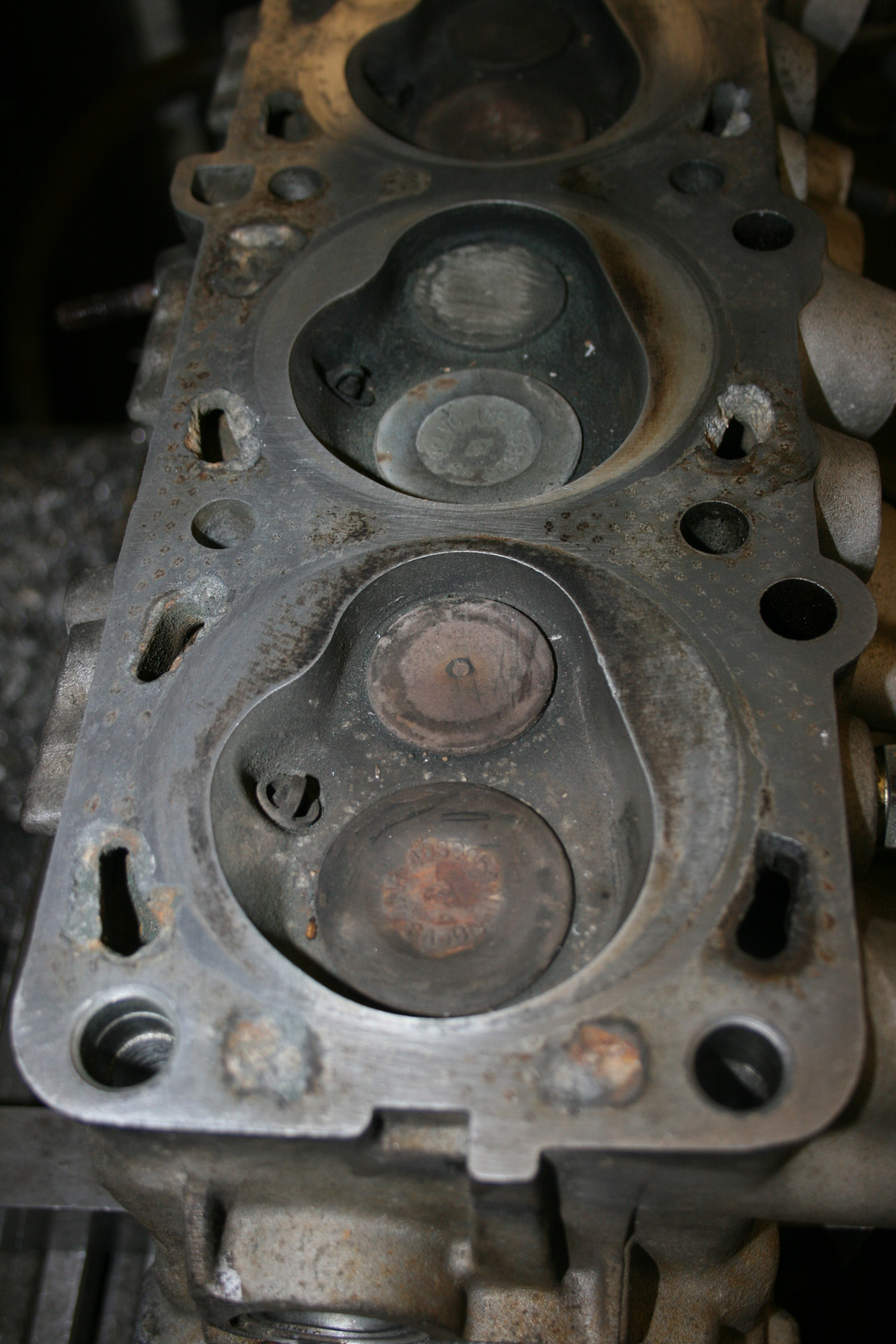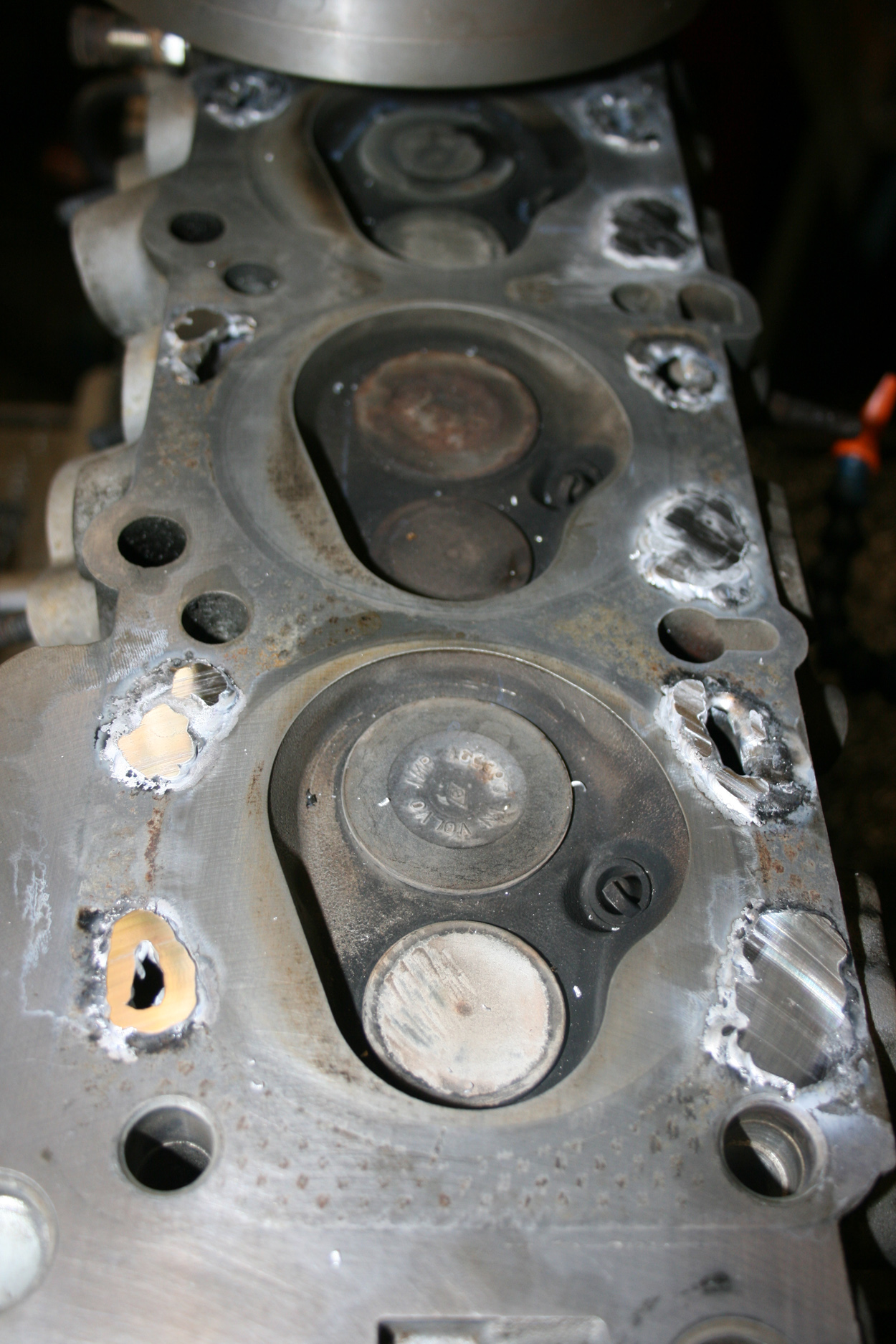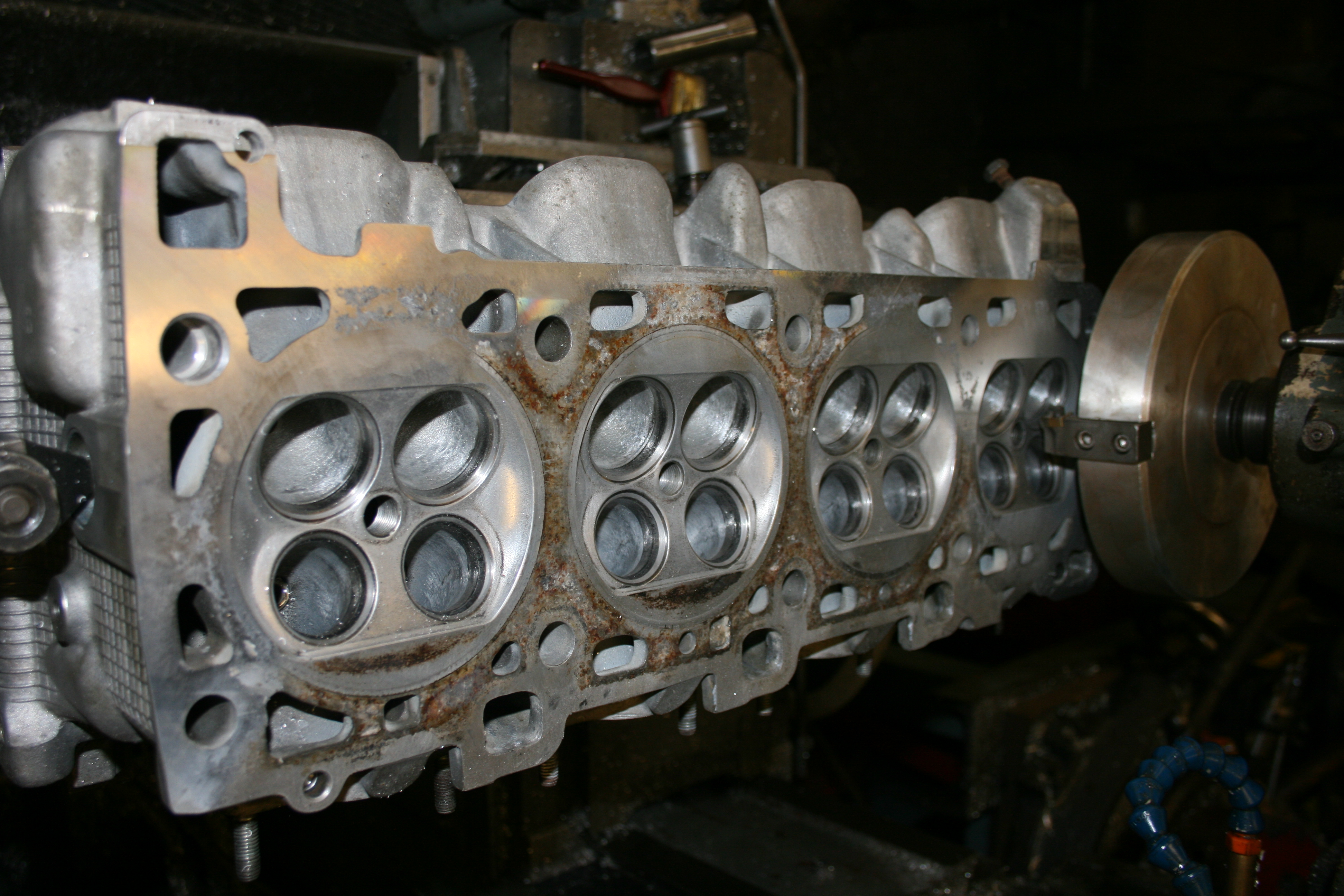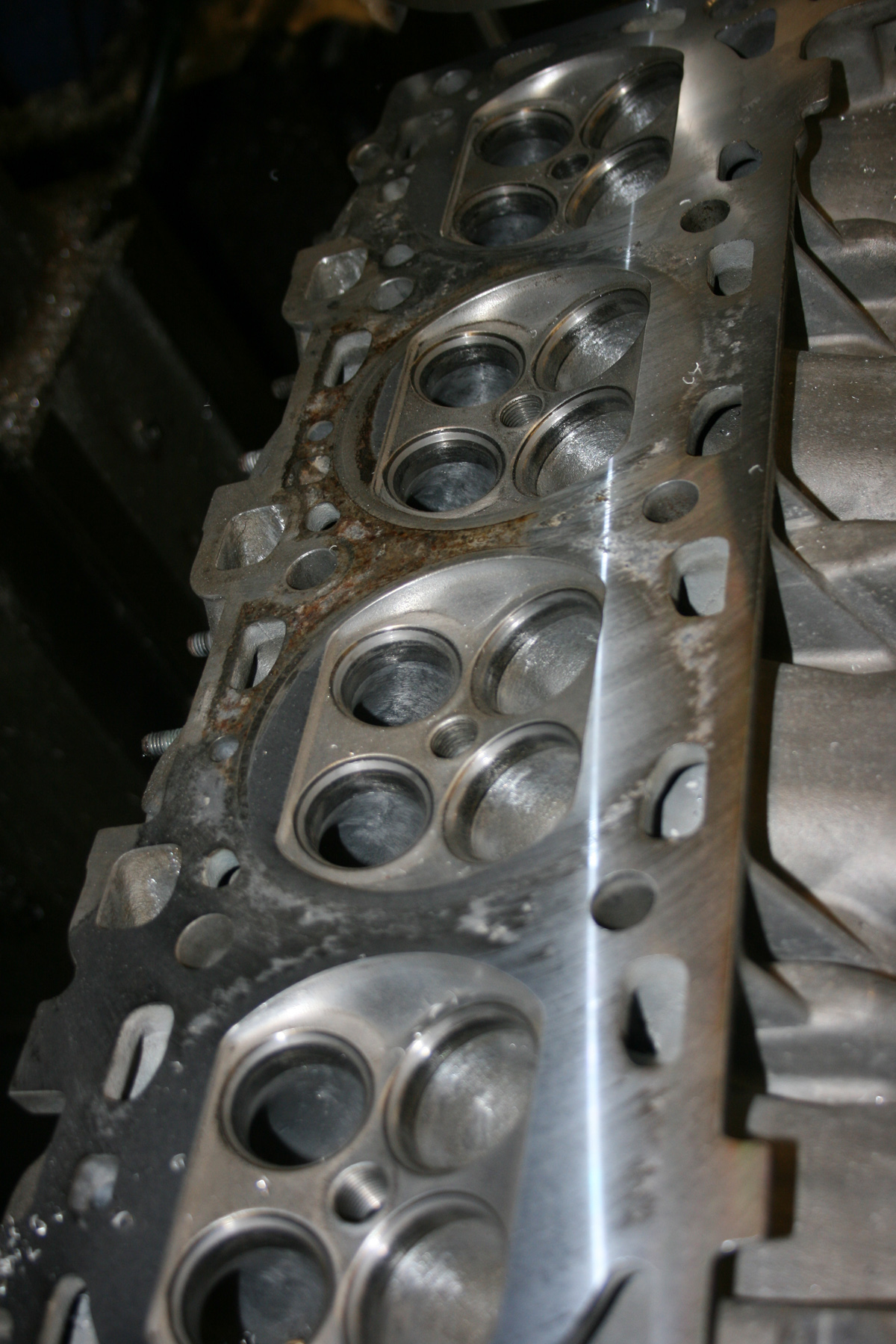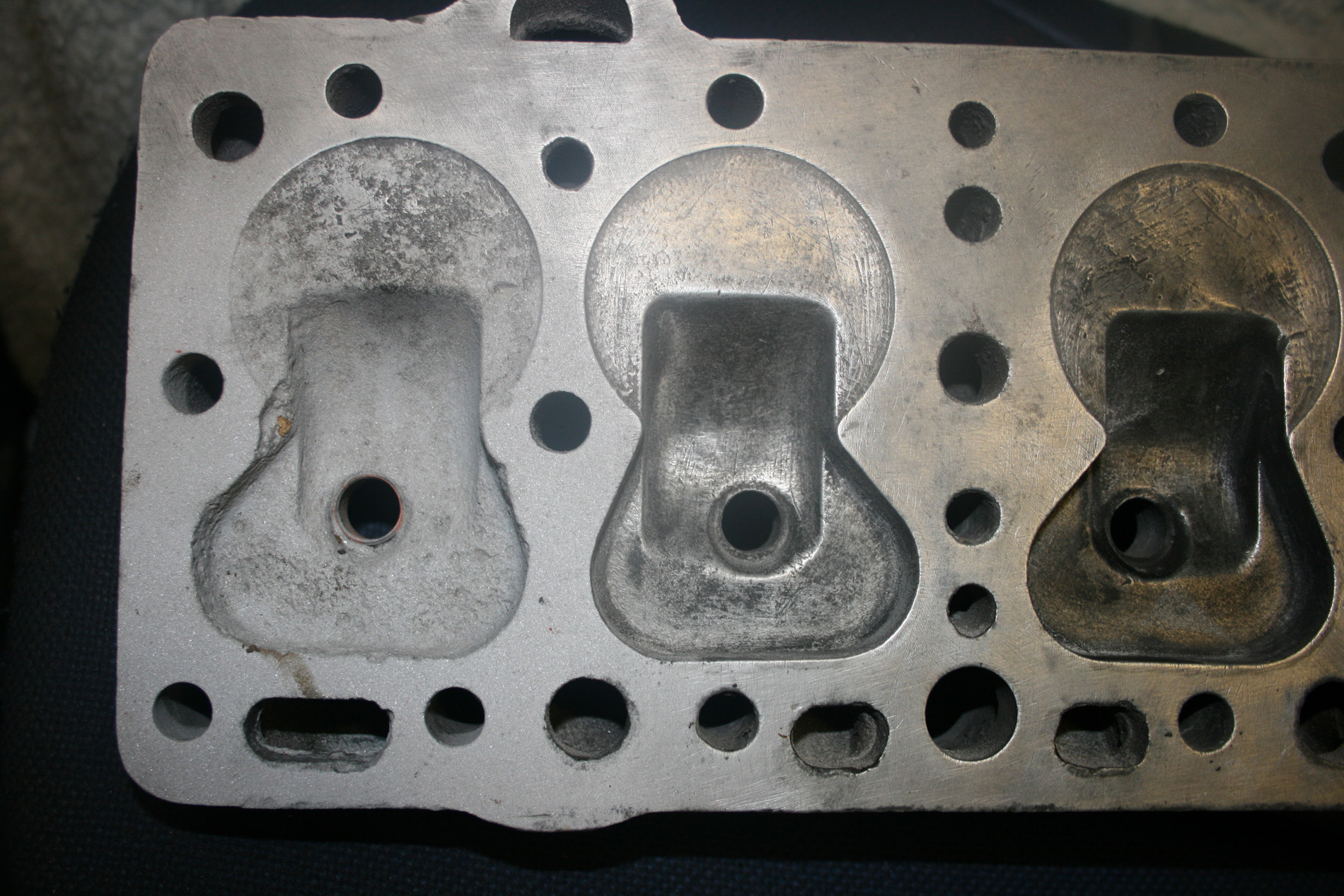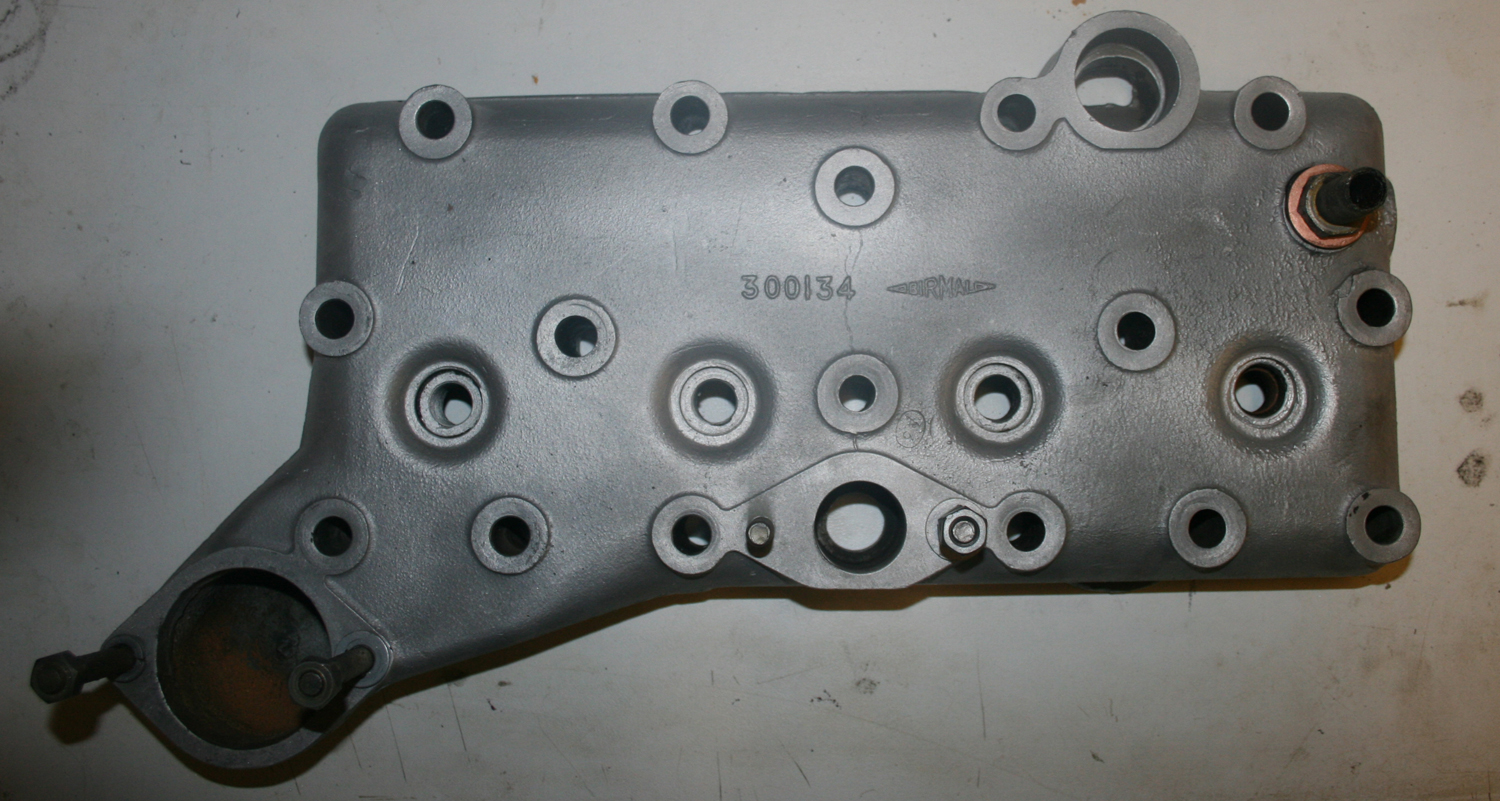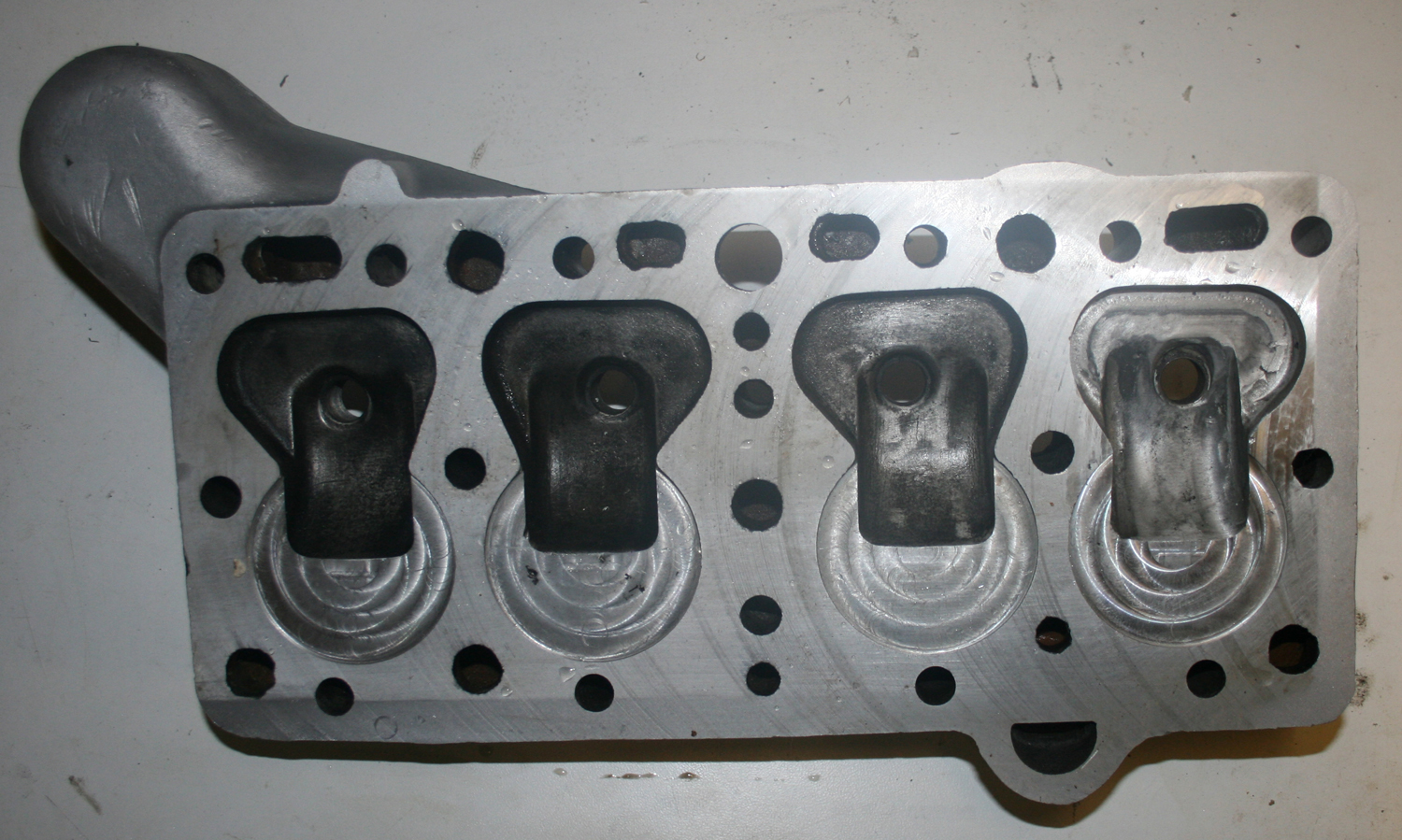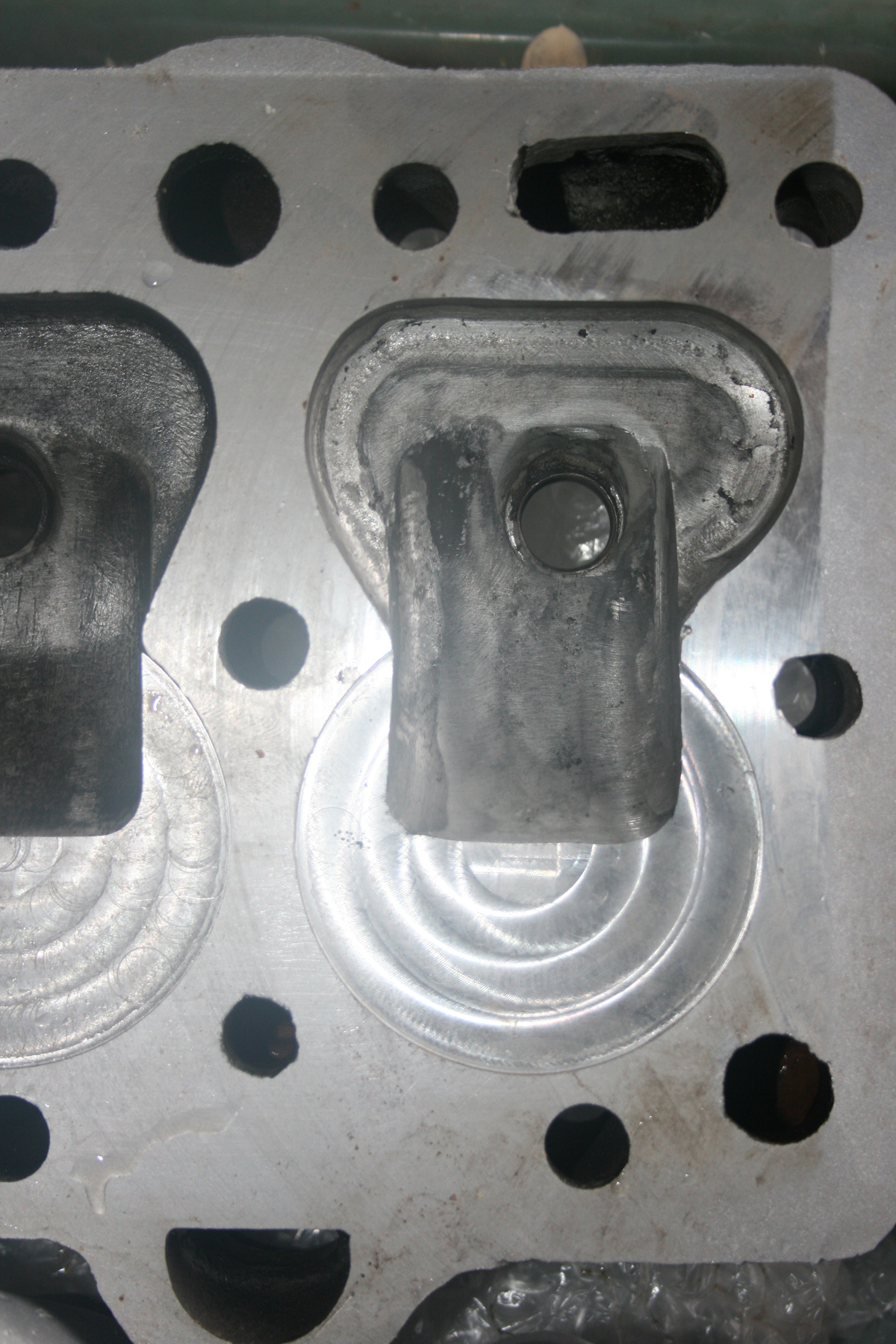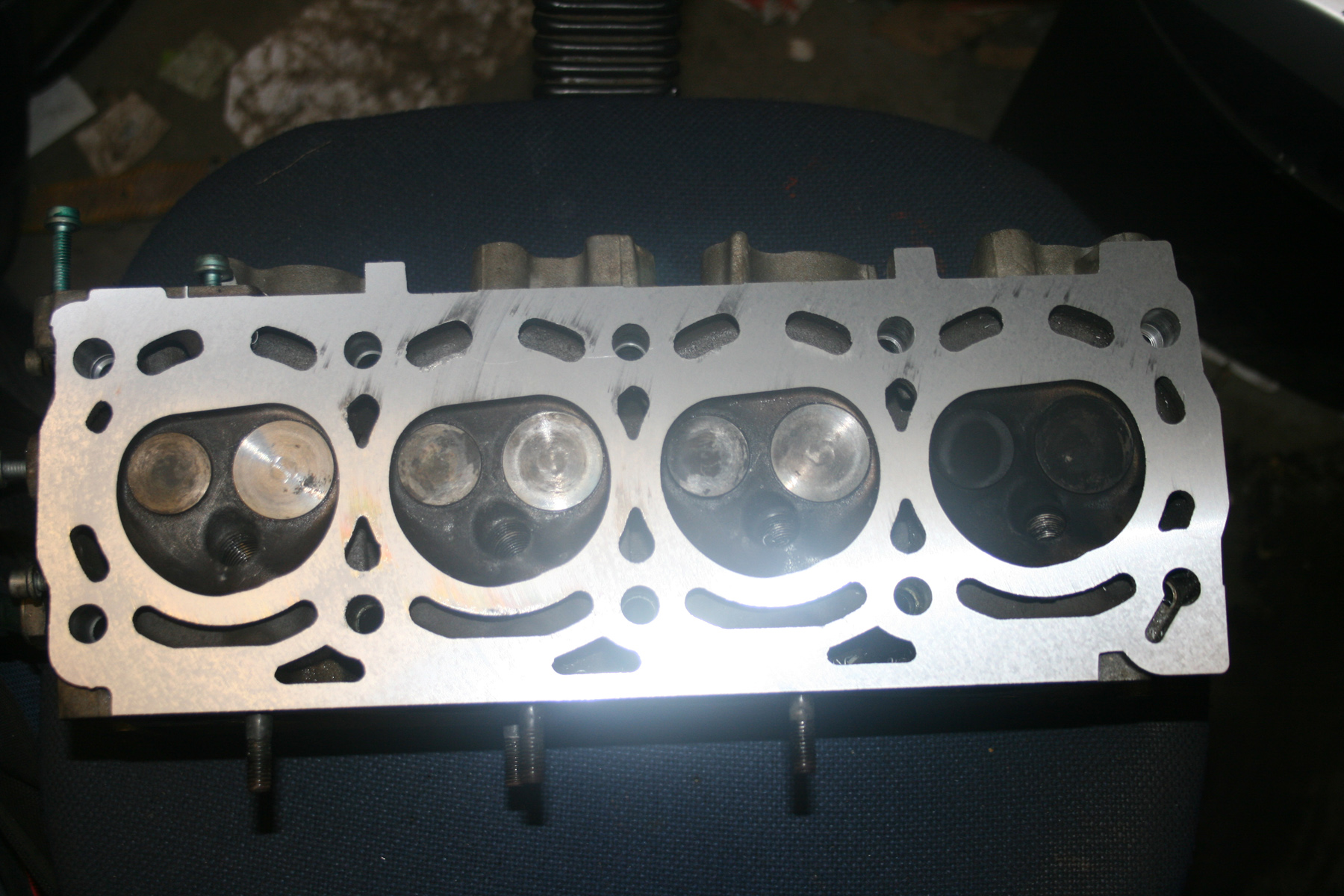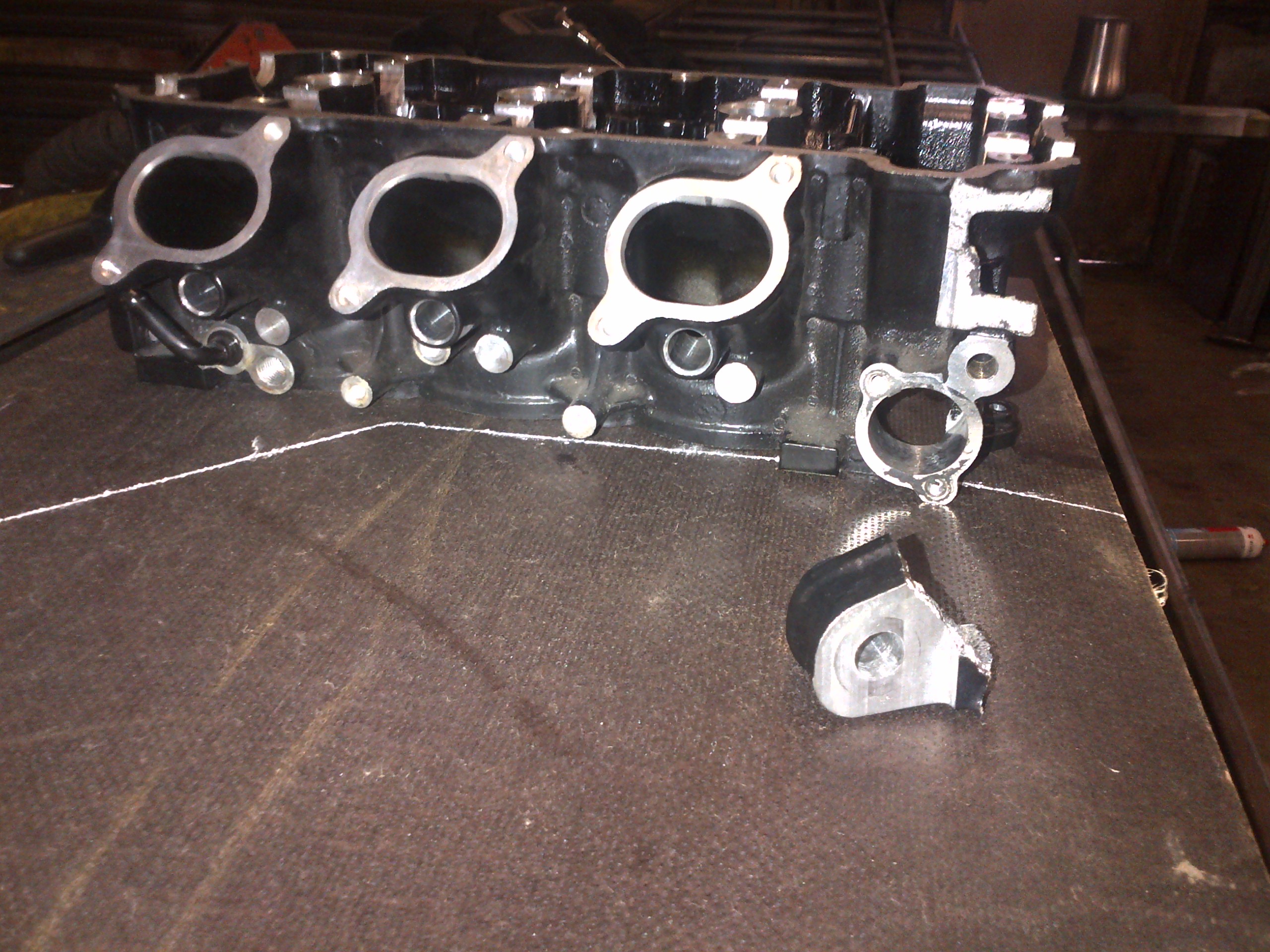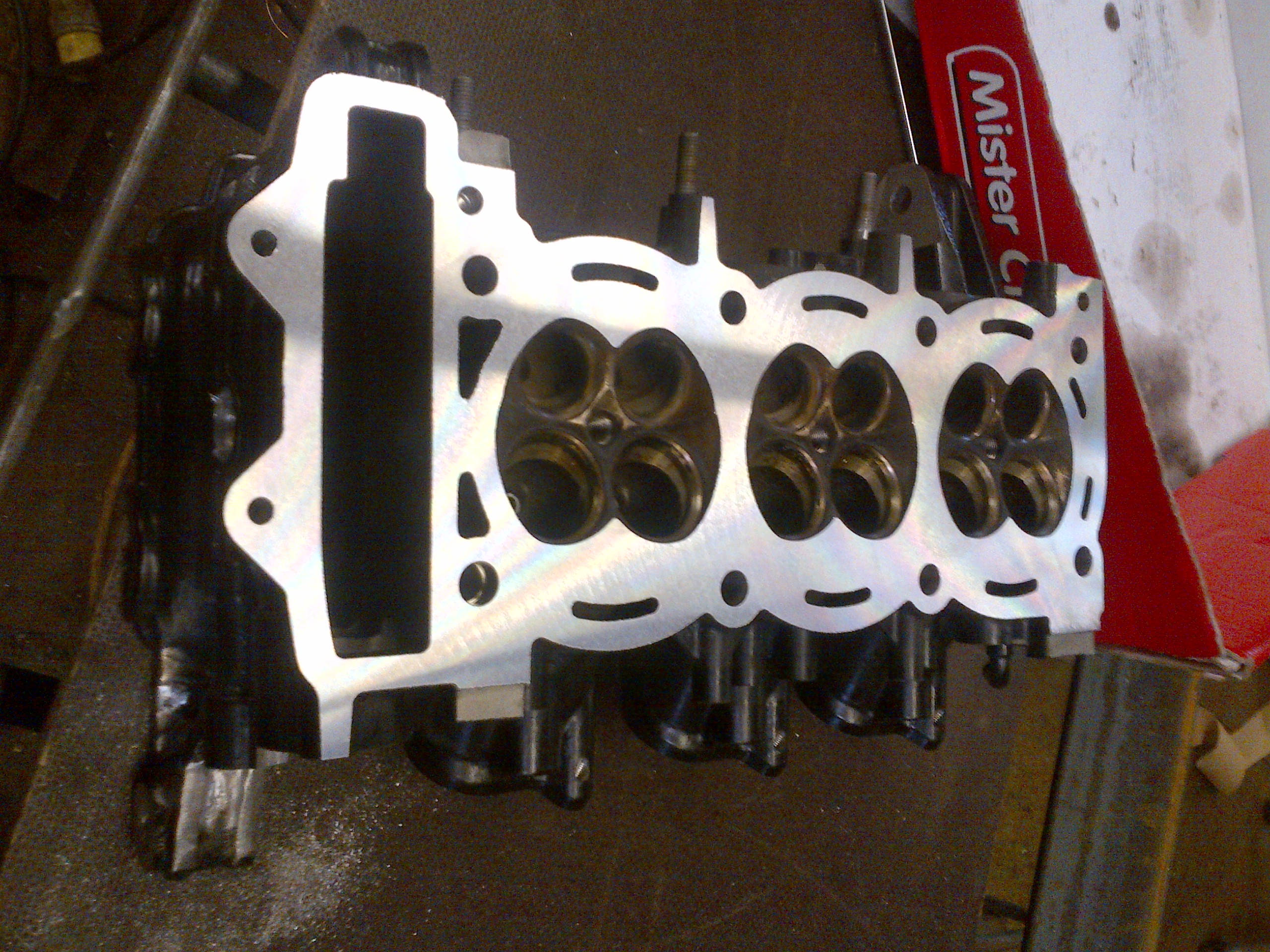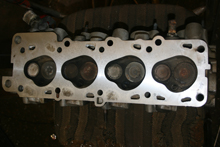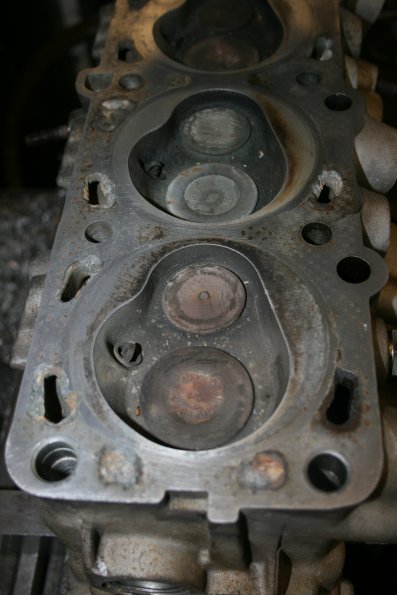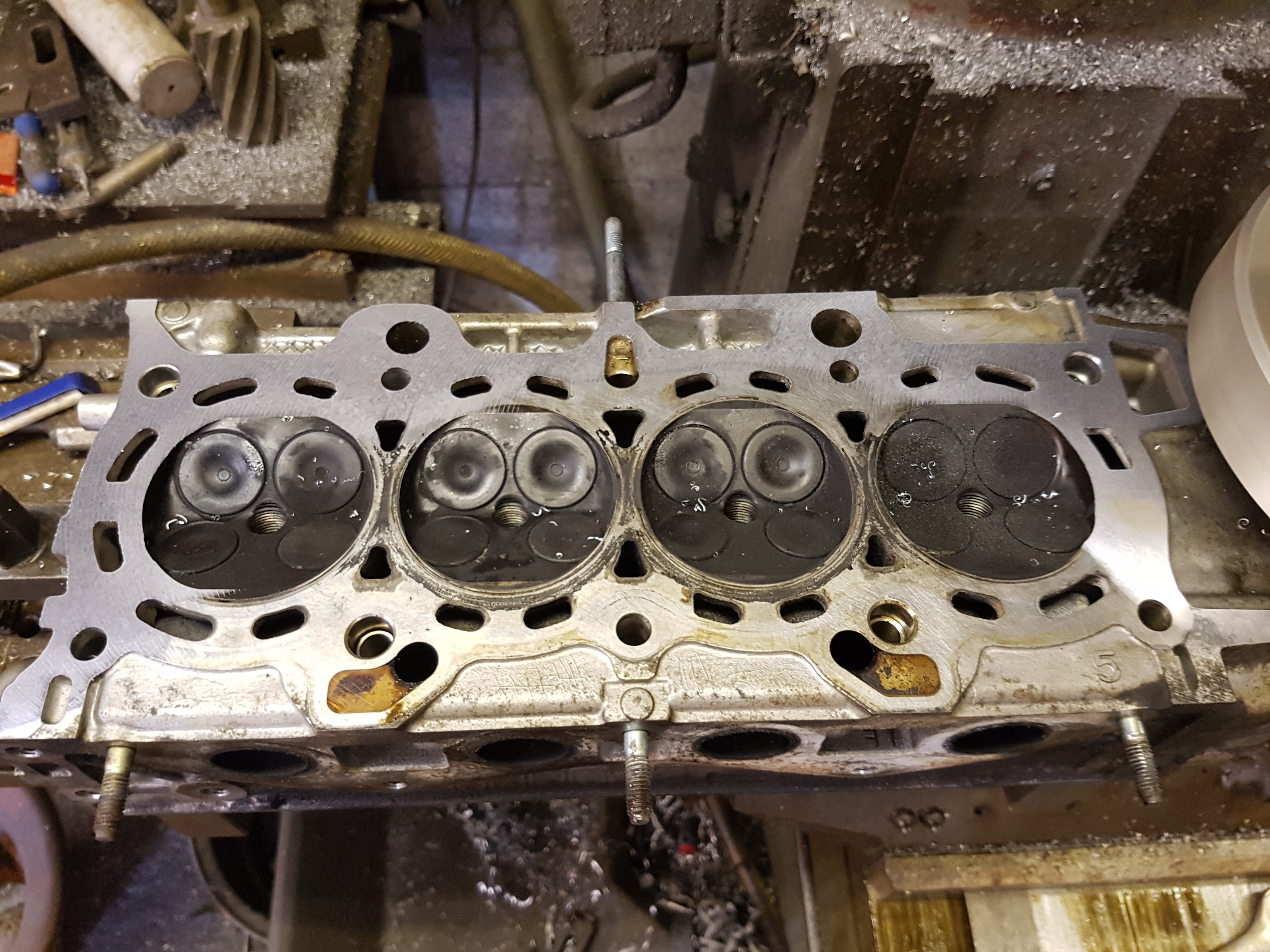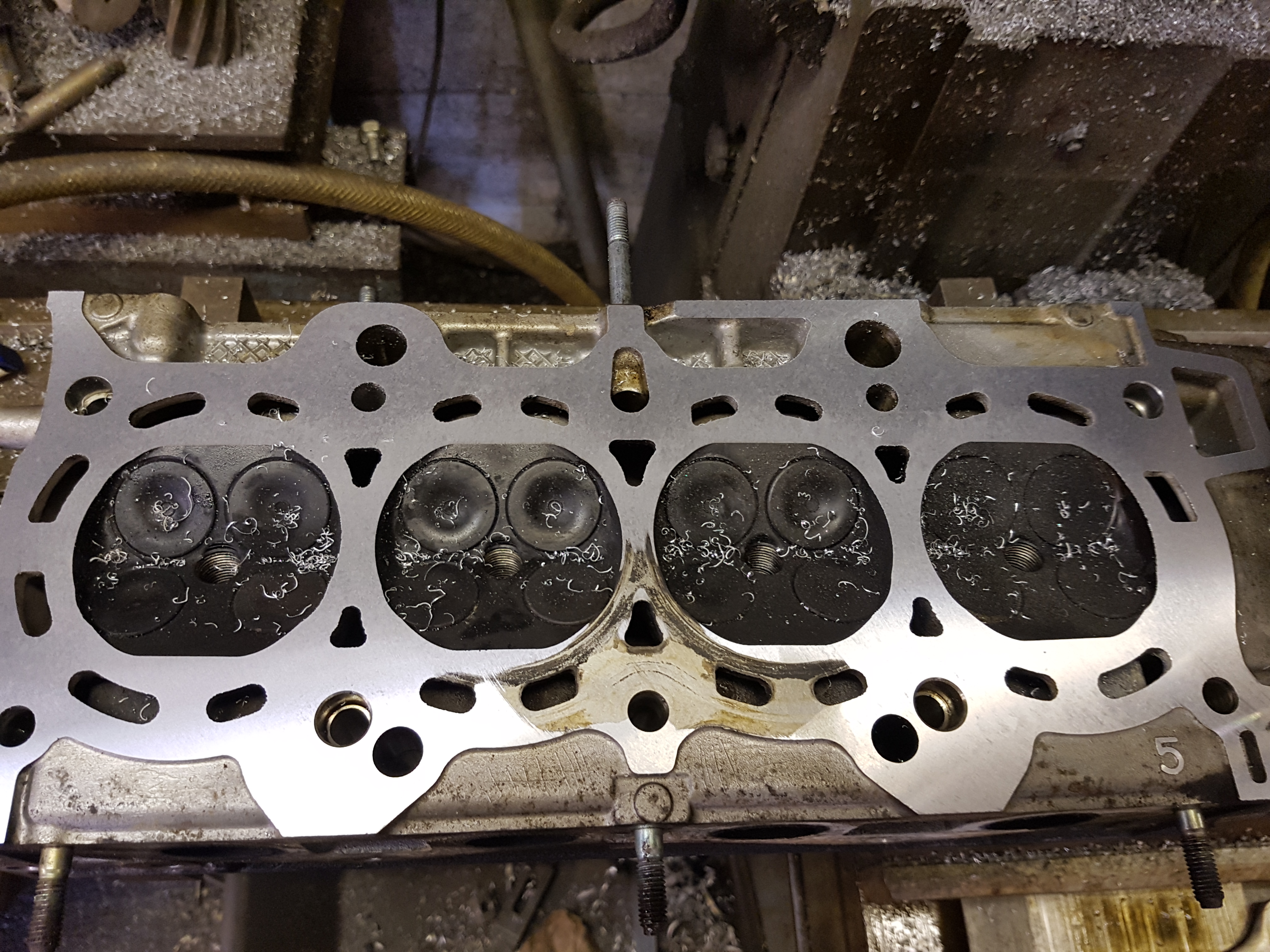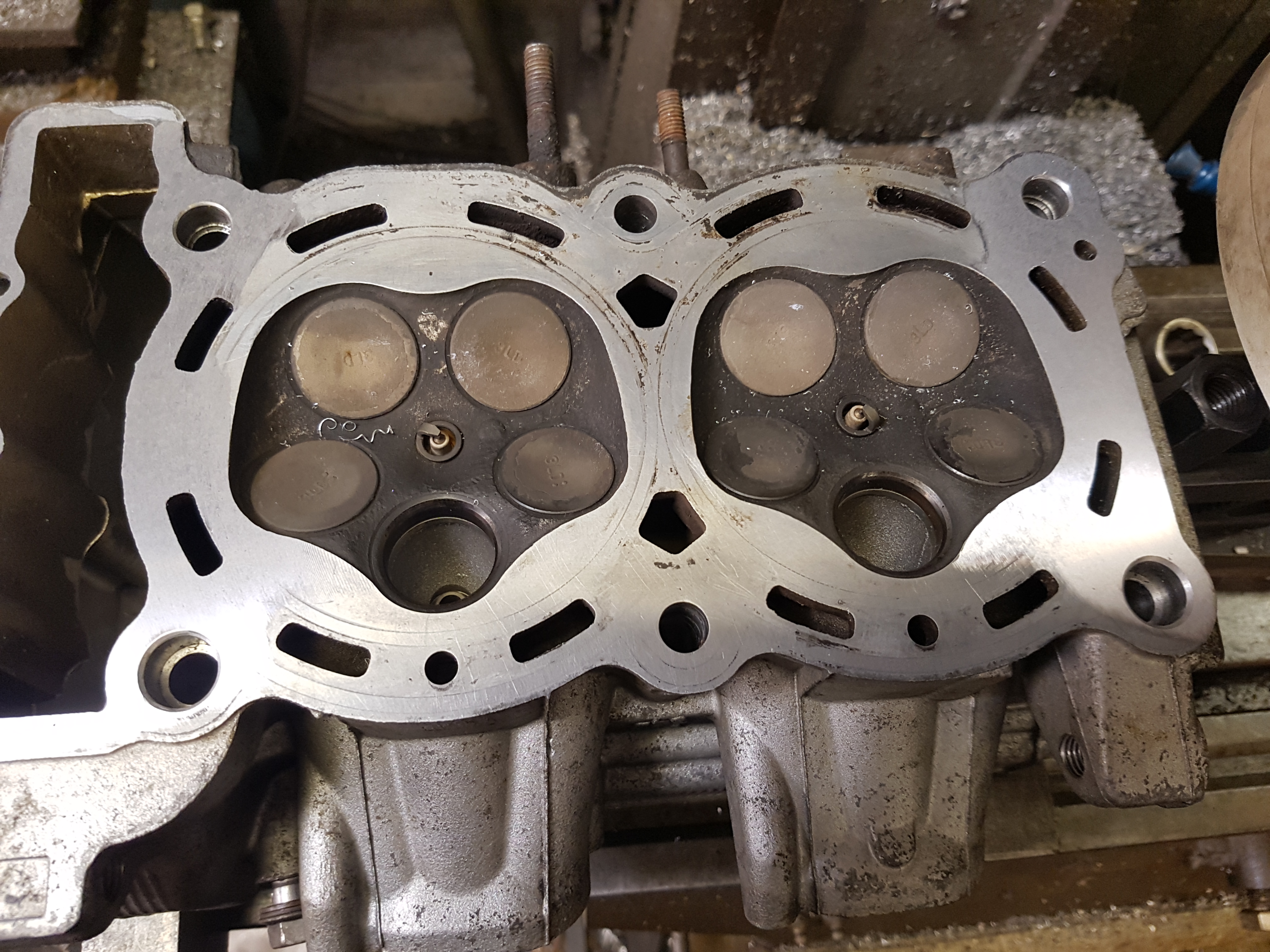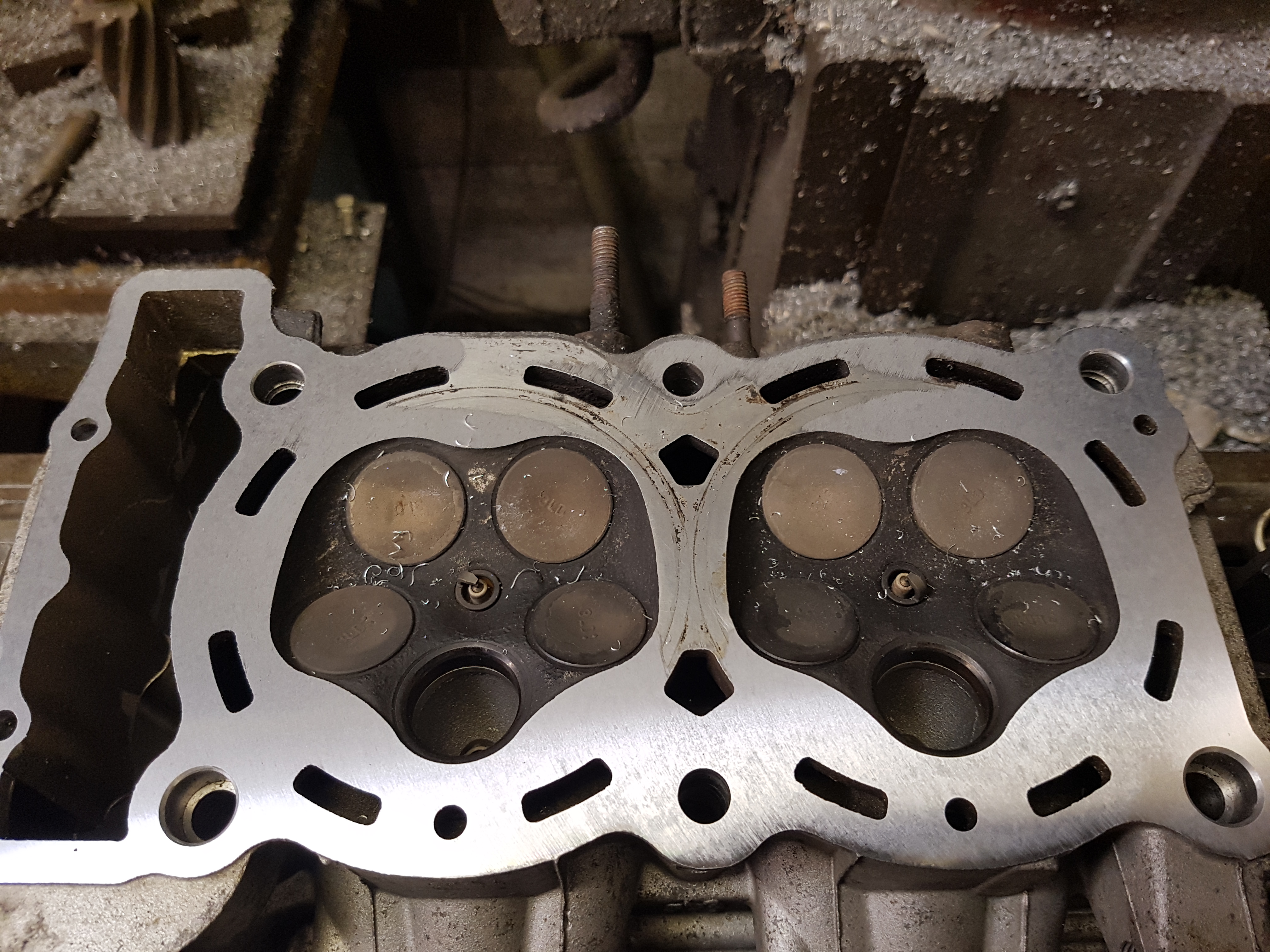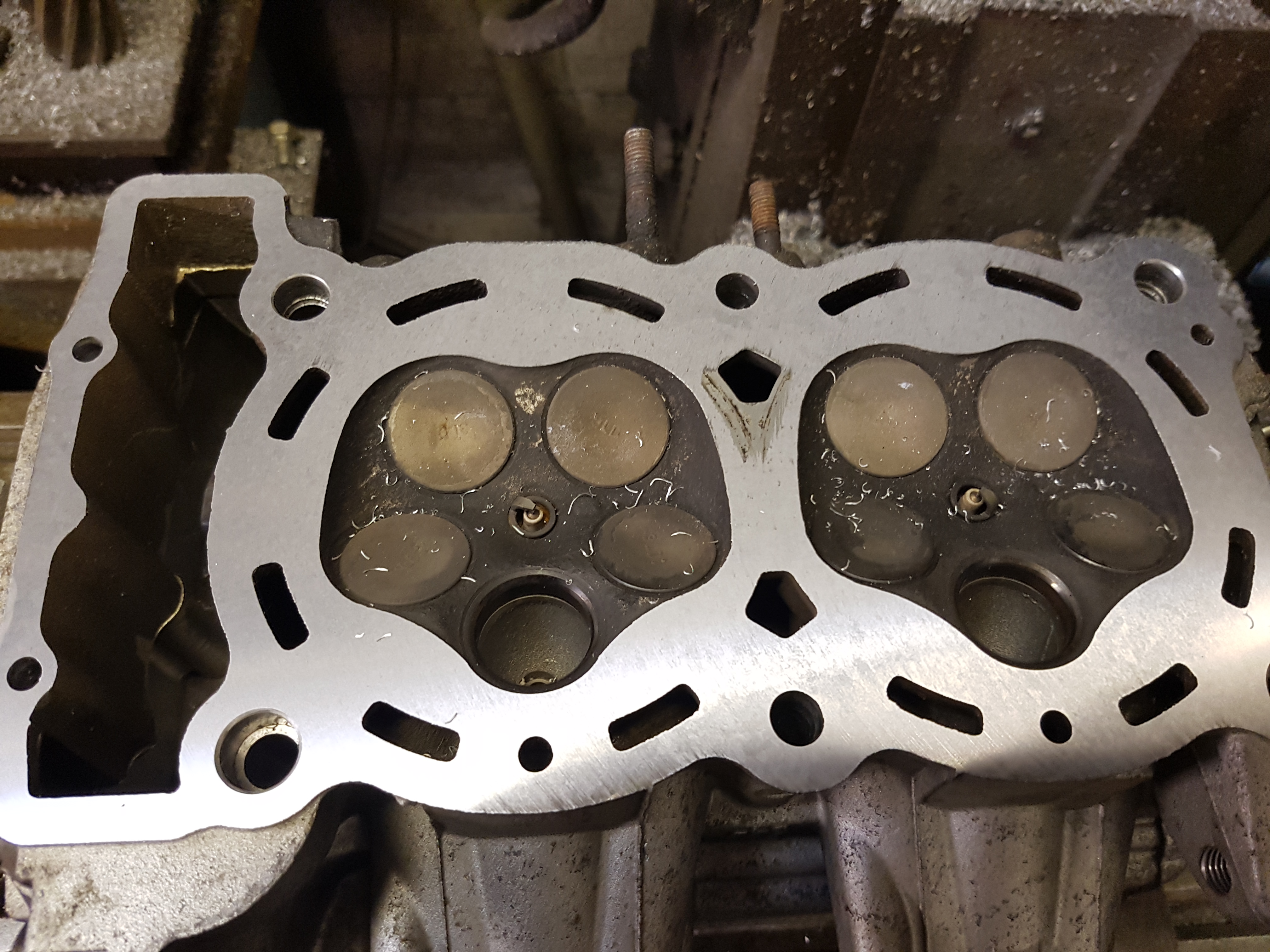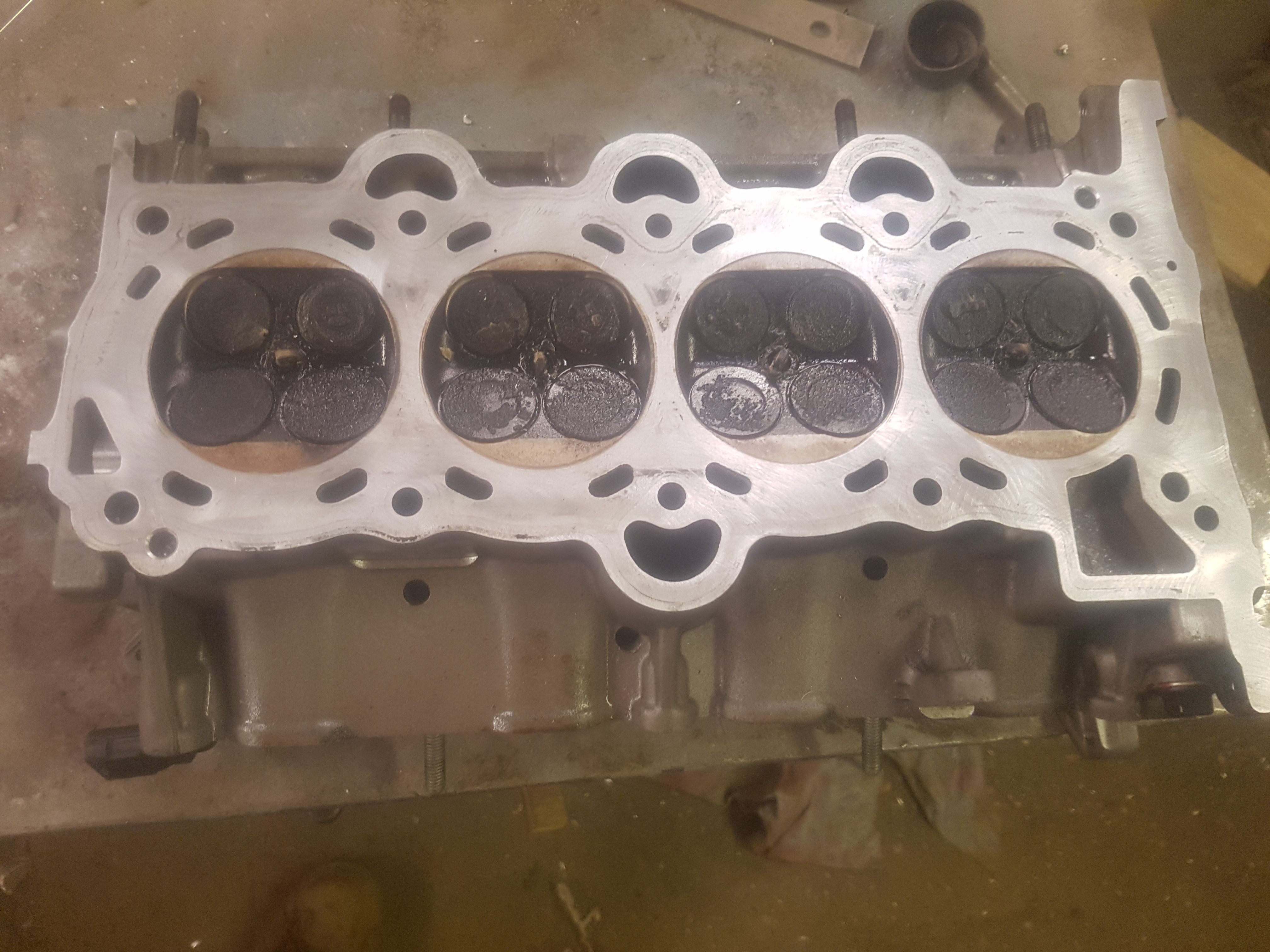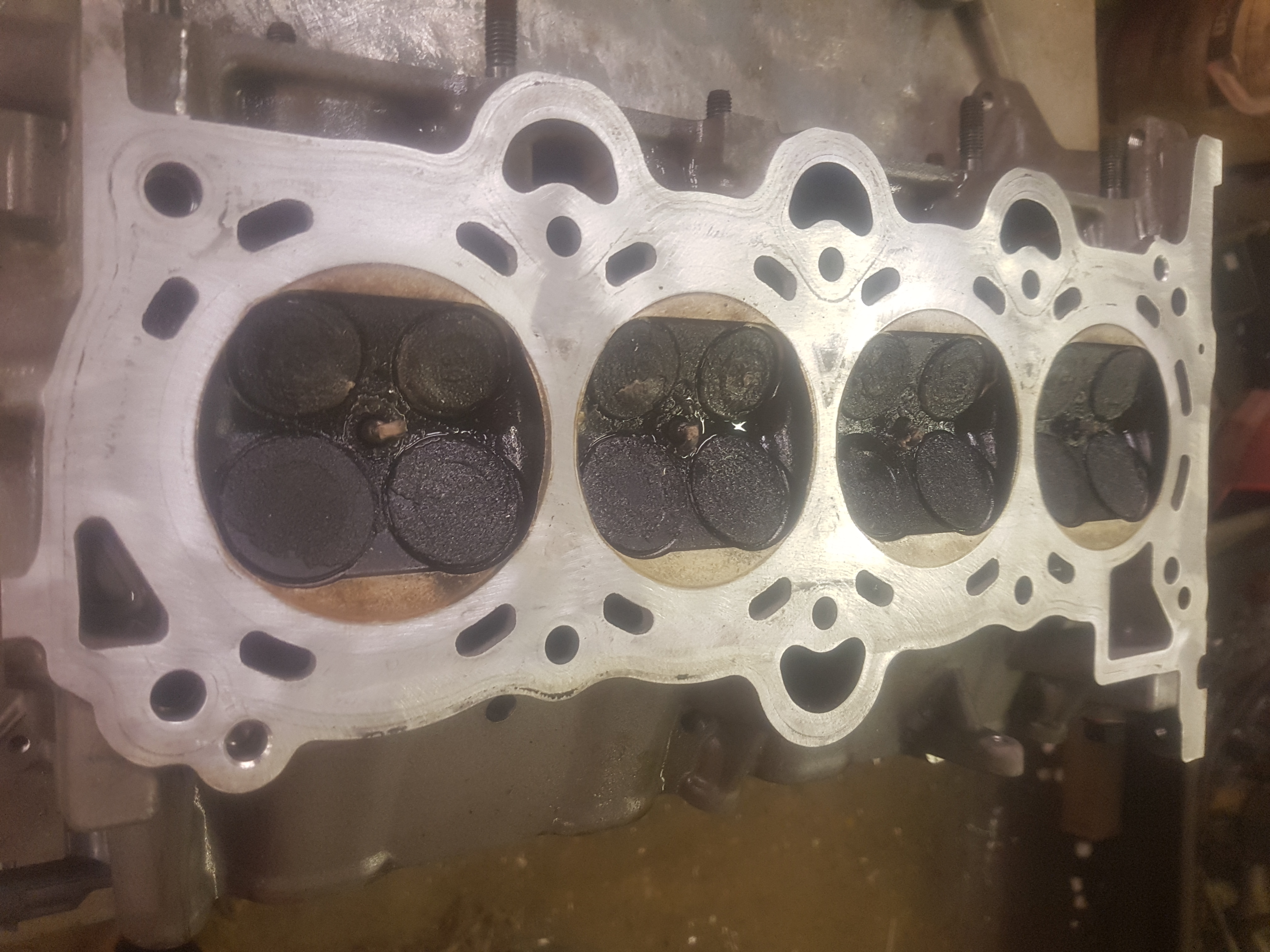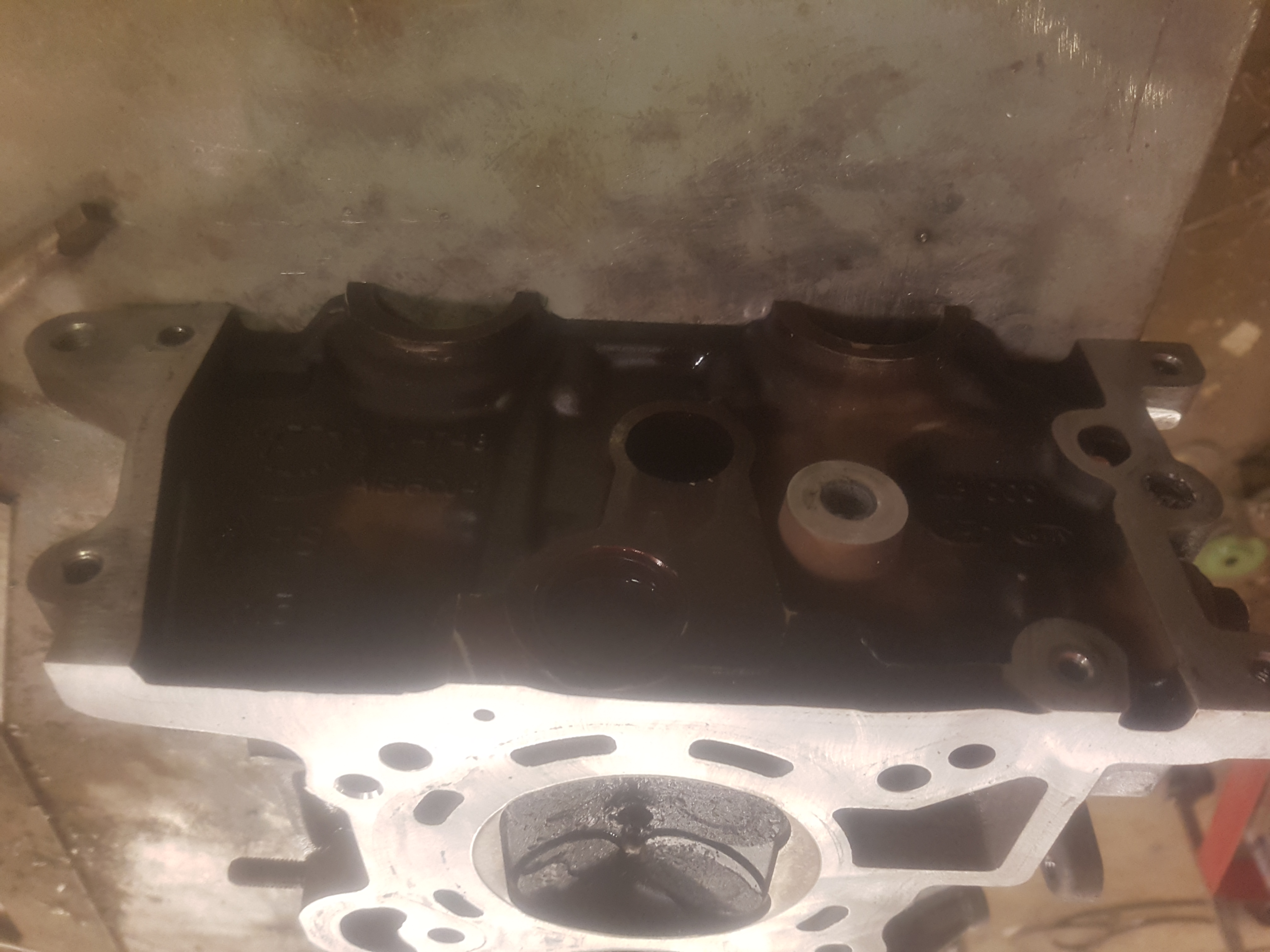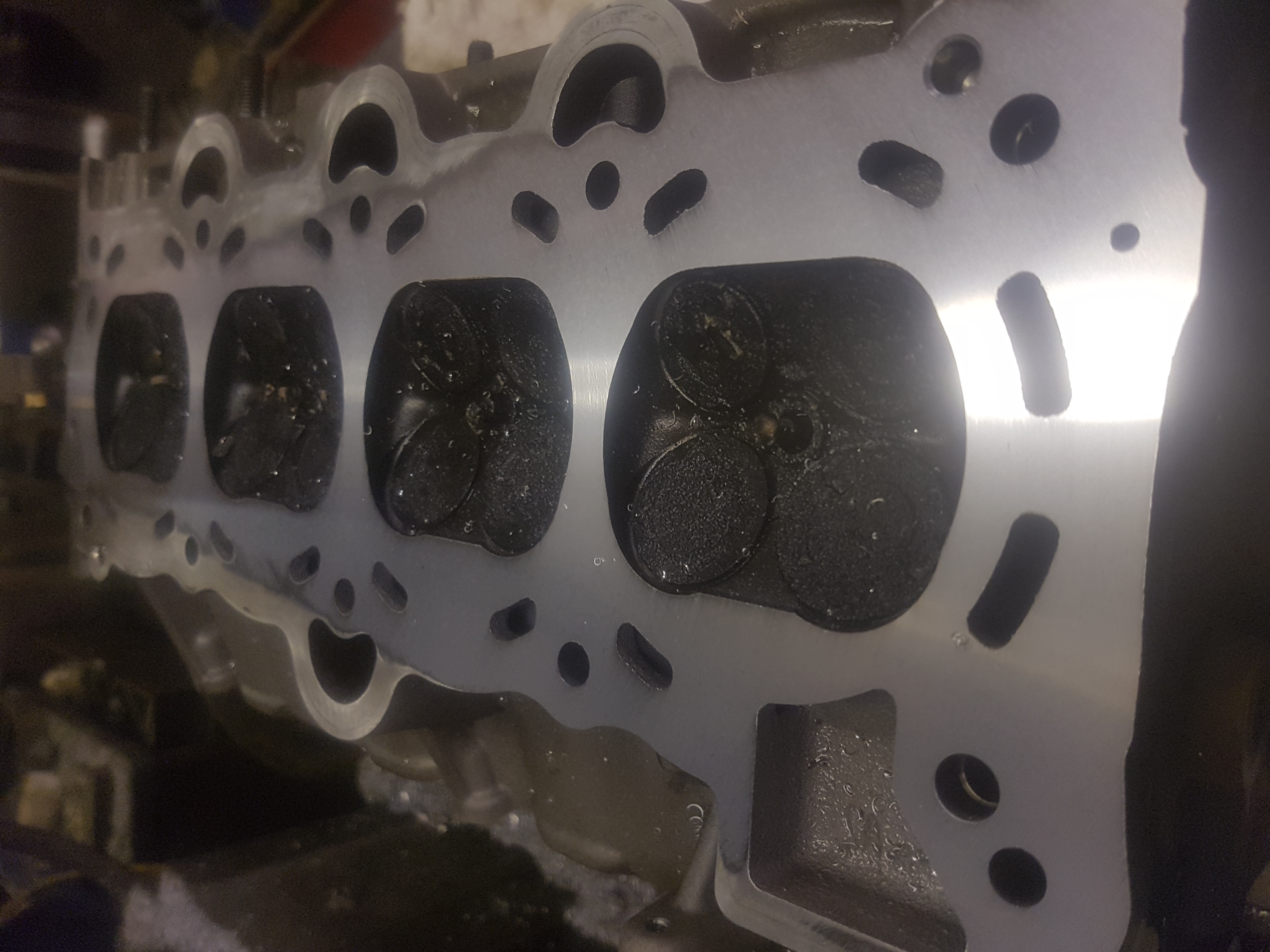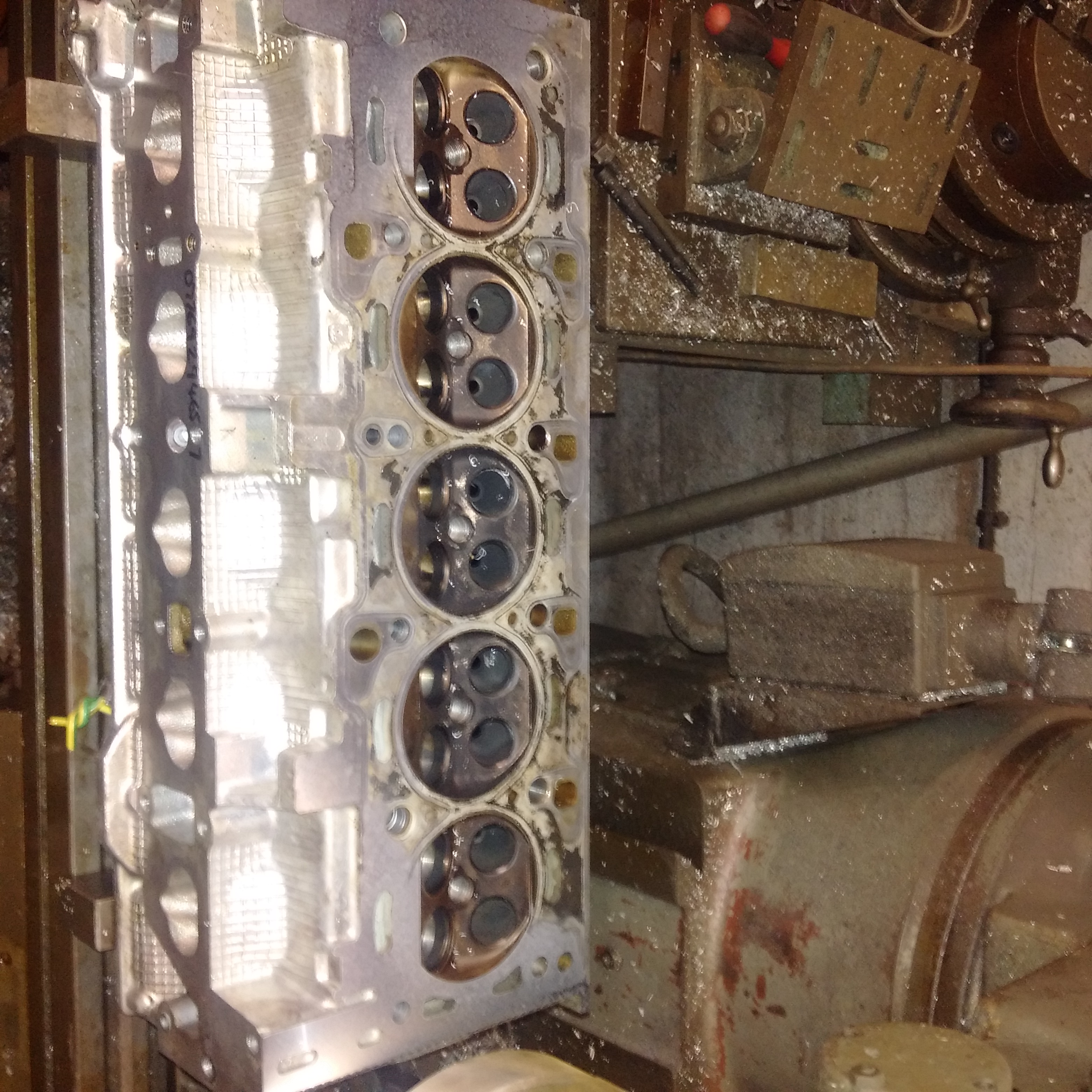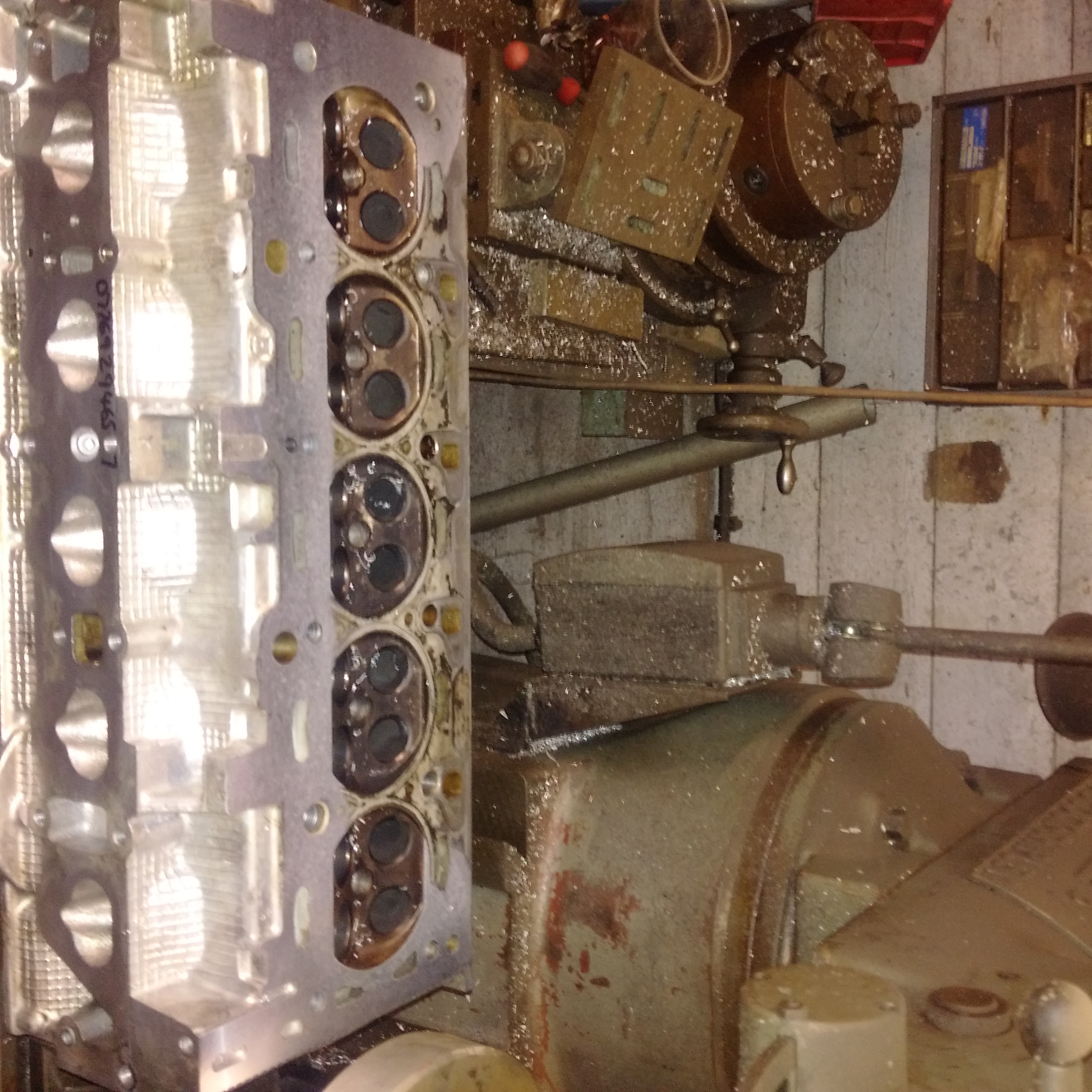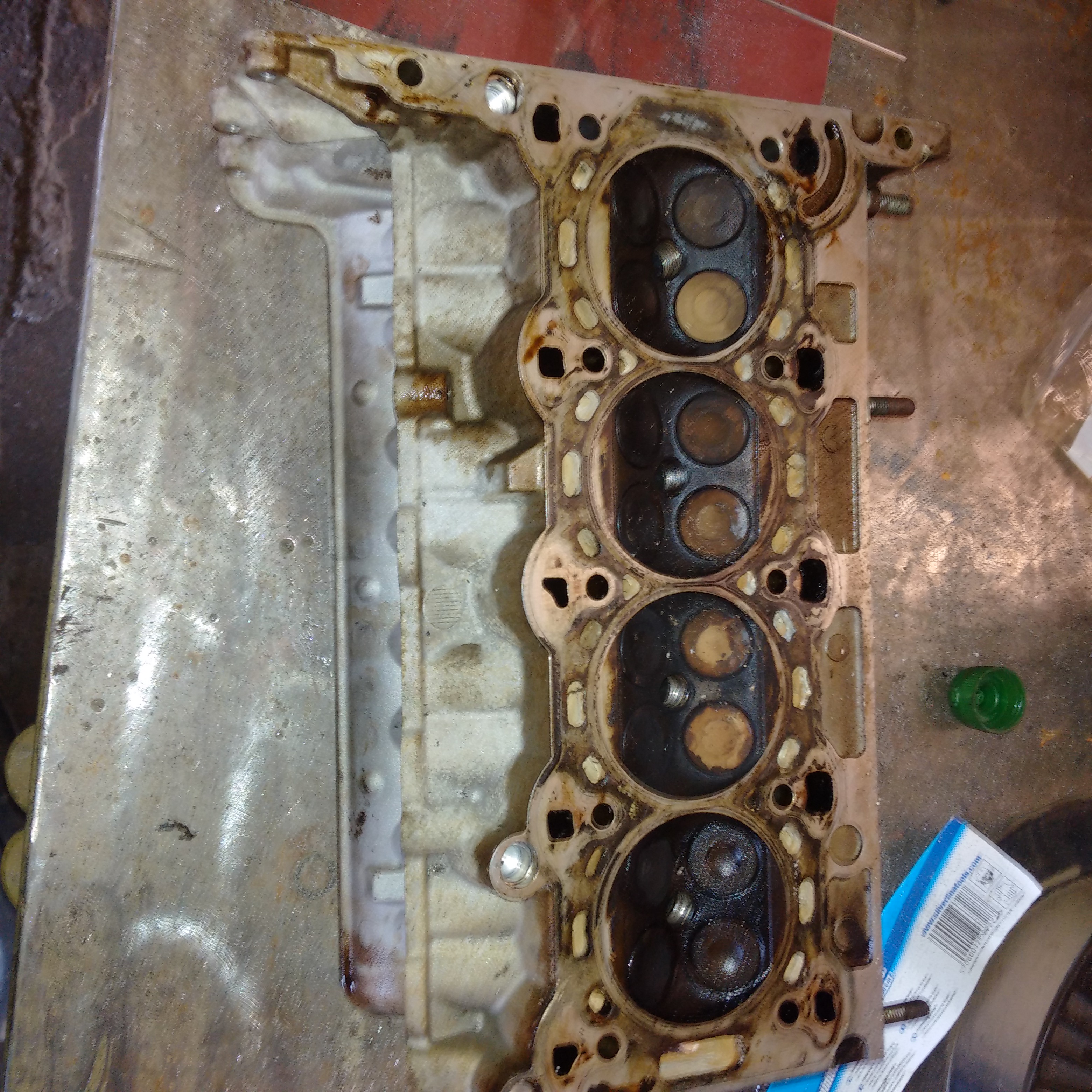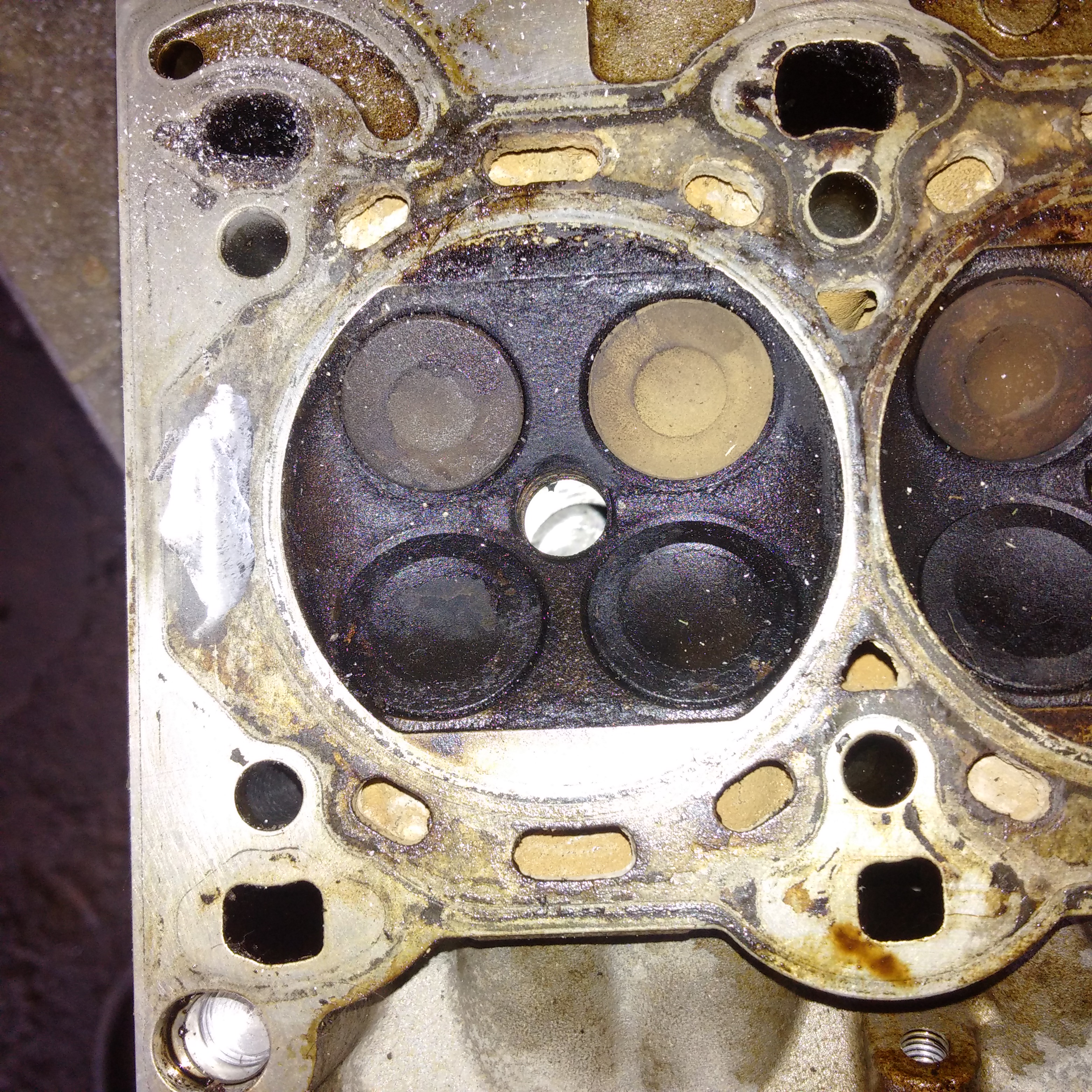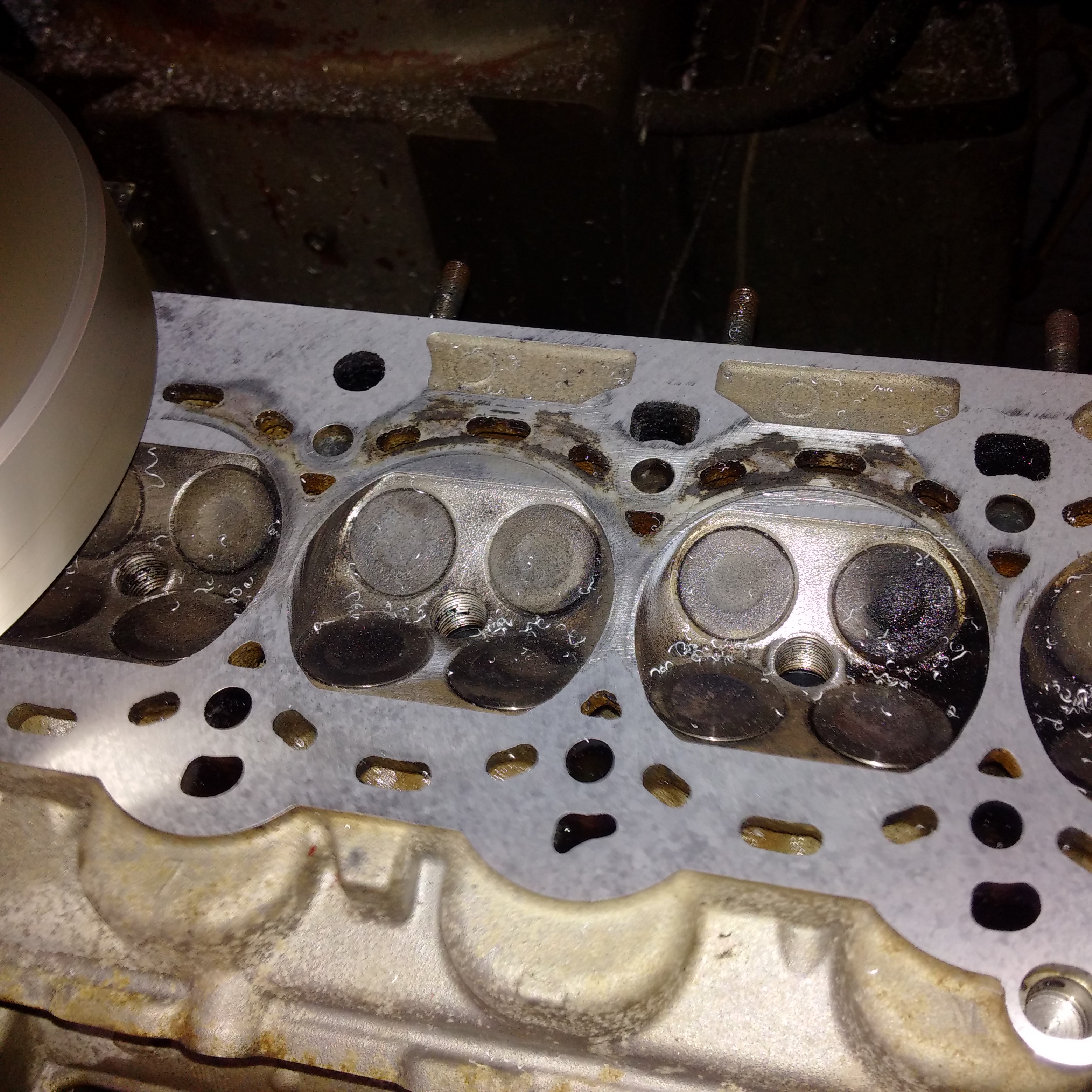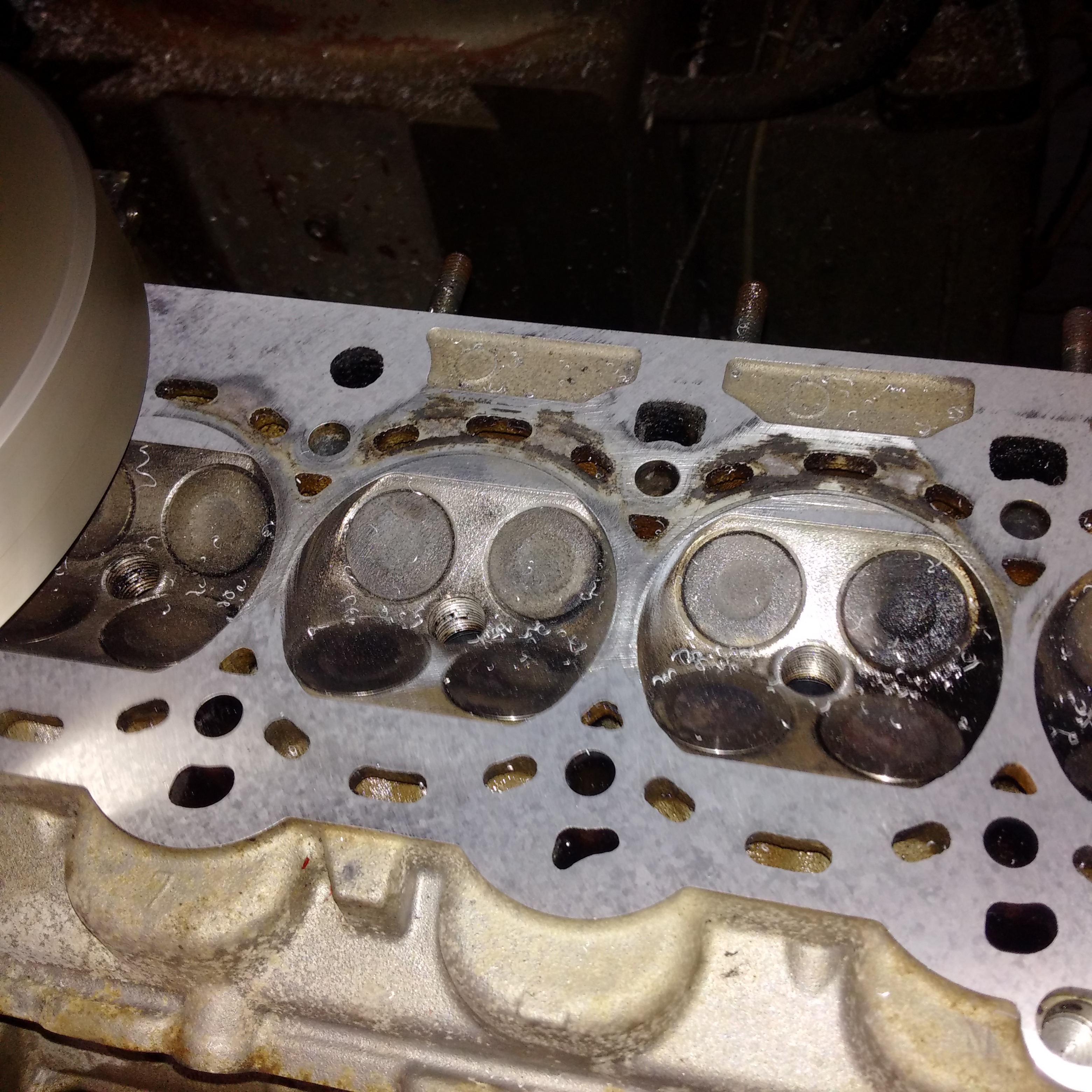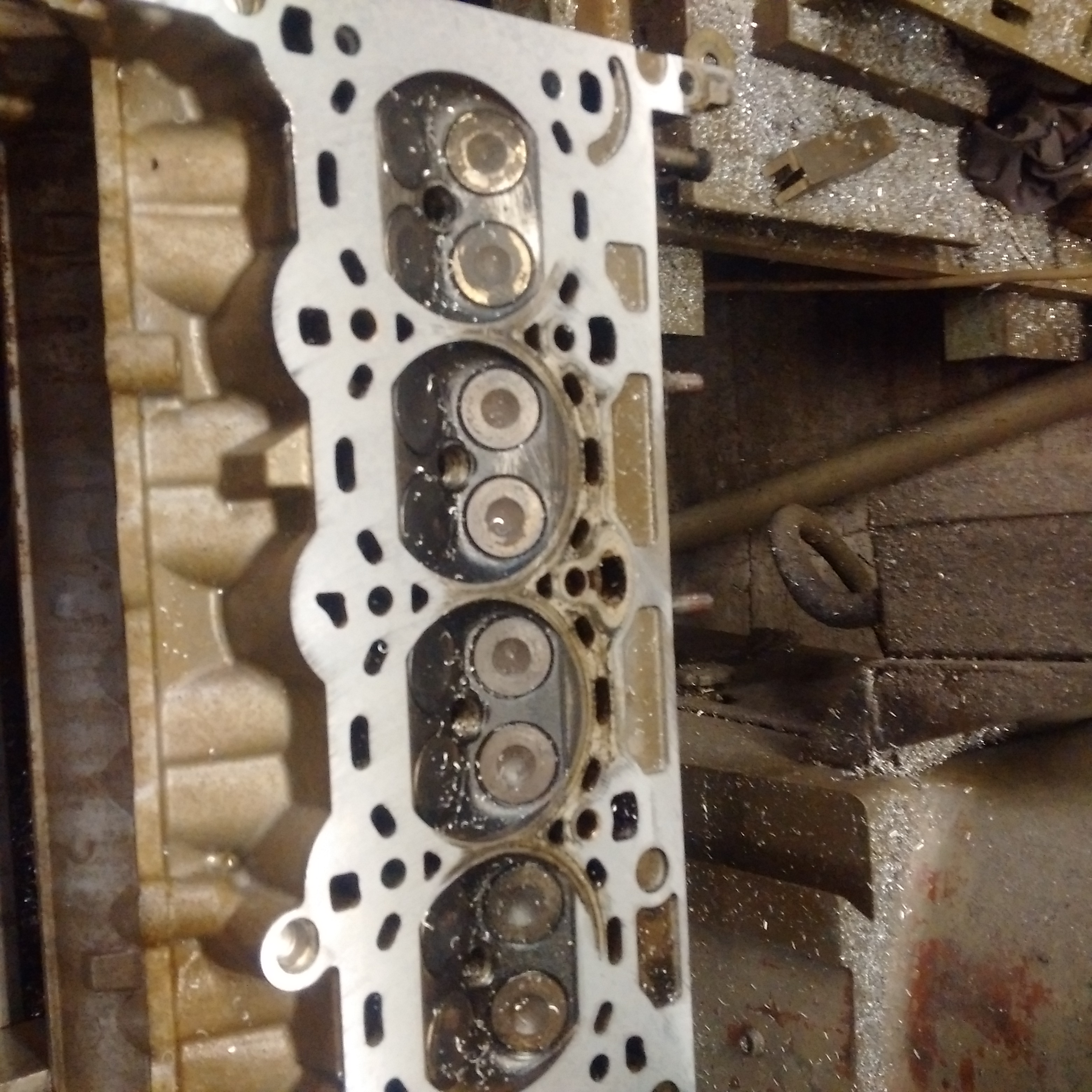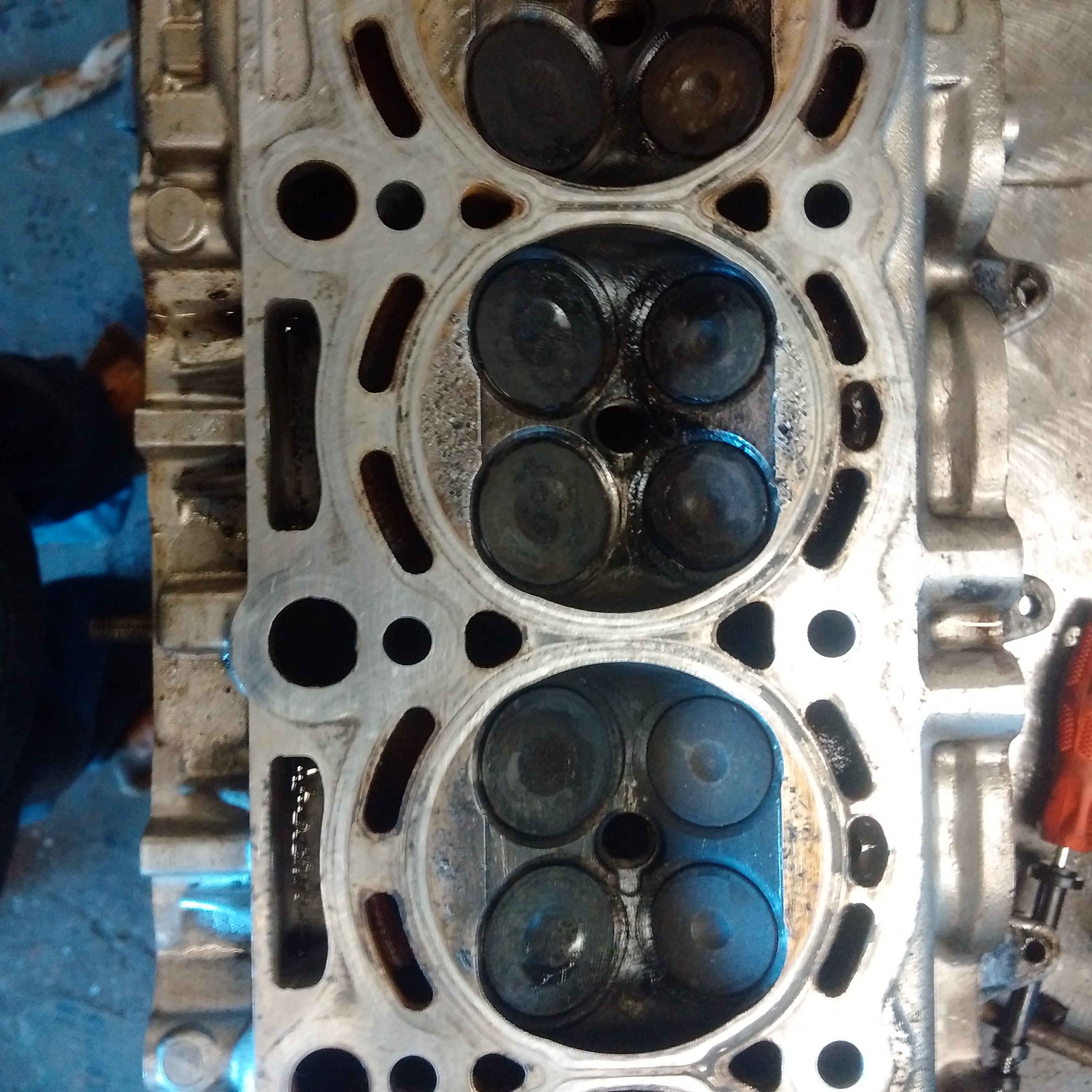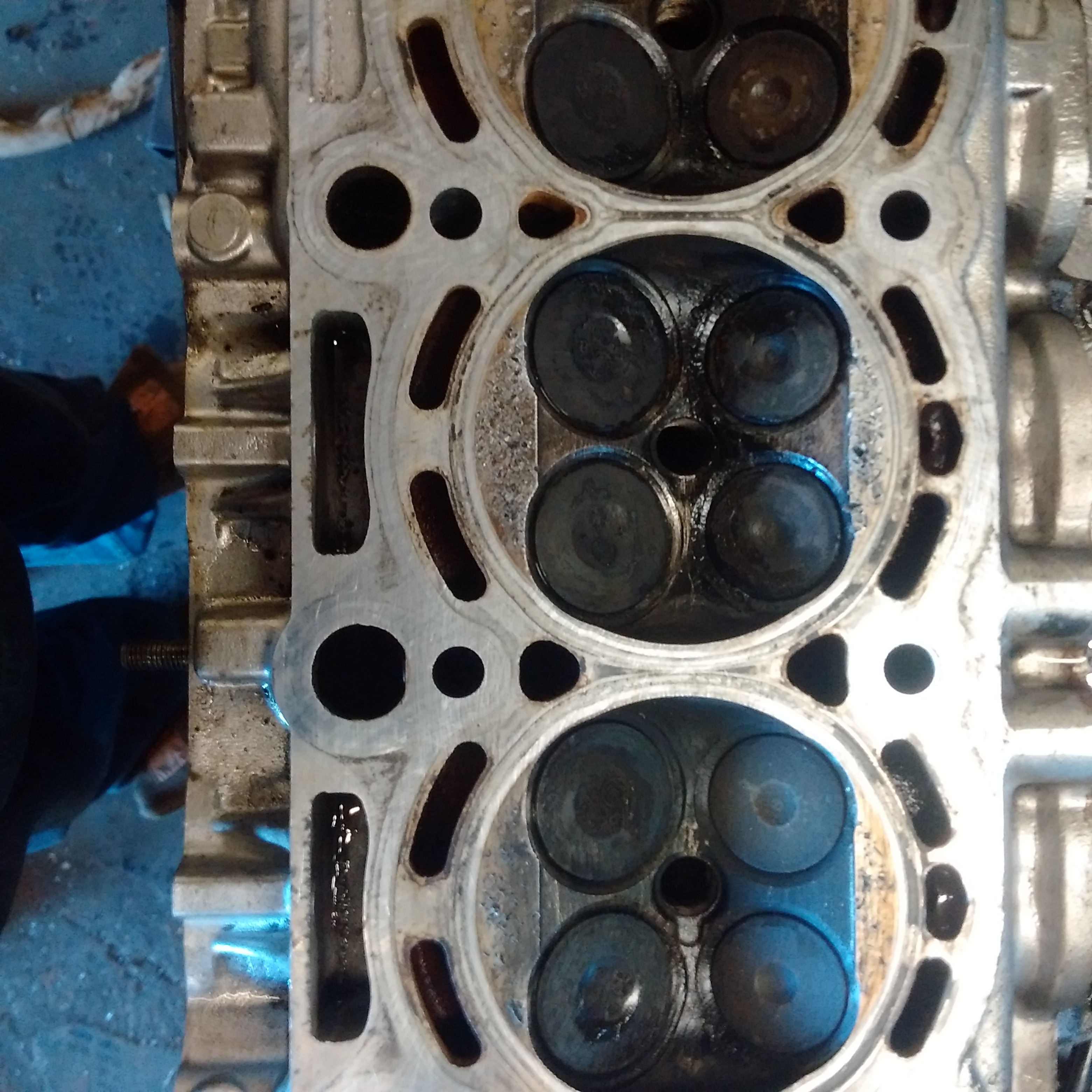Cylinder head skimming and repairs in Surrey.
For over 20 years we have been offering cylinder head skimming, resurfacing and welding to clients throughout Surrey, Kent and Sussex.
For trade customers we also offer a local collection and delivery service in the following areas, from our workshop in South Godstone:
Crawley, Rowfant, Crawley Down, East Grinstead, Forest Row, Horley, Smallfield
Lingfield, Edenbridge, Dormansland, Westerham, Sevenoaks
Oxted, Godstone, Bletchingley, Redhill
Prices start at £35 + Vat for an aluminium 4 cylinder head.
Call us on 01342 844218 to book an appointment
Read on below to find out more about cylinder head skimming.

Related services
What is cylinder head skimming?
Cylinder head skimming is a way of refacing the mating surface of the cylinder head. Fly cutting is the most popular method, although some companies grind the heads. With fly cutting, the milling head has a bespoke attachment with a cutter which spins at around 550 rpm, and the table of the mill moves the cylinder head across the tip of the cutter. This is probably the most accurate way to resurface a head.
Why is it important to skim a cylinder head?
Over time, head gasket will deteriorate. The lifespan of them varies between manufacturers and engines, also driving styles! It’s not uncommon for a vehicle to do 100,000 miles plus with no head gasket issues.
But, when they do finally give up, it is important to ensure the mating surface of the head is perfectly flat before fitting a new gasket. Even a few thou out (thou’s explained below) can cause premature failure of a new gasket.
Can you skim all cylinder heads?
We can skim most aluminium and cast cylinder heads with a maximum width of 200mm, and length of 600mm. The main exception to this is that some diesel cylinder heads have a hardened steel insert (see pic) pressed into the aluminium head. Due to the inserts being harder than the aluminium of the cylinder head, the cutter will bounce over these giving an uneven finish on the head. It is sometimes possible to remove the inserts before skimming.
What is a ‘thou’?
A Thou is a unit of measurement which is 1000th of an inch (0.001″). As a rough guide to those of us that now work in metric, 40 thou (0.040″) is roughly equivalent to 1mm. Therefore 20 thou (0.020″)= 0.5mm, 10 thou (0.010″)= 0.25mm, 5 thou (0.005″)= 0.125mm.
What is pressure testing and does it need to be done?
Generally as soon as you remove the head and inspect the gasket and head surface you will be able to see where and why the gasket has failed. In some circumstances if it is not obvious after inspection and checking the head for flatness where the problem lies, then it is probably worth having a pressure or crack test done. This basically involves sealing off all the waterways on the cylinder head and pressuring the head with compressed air. If the head holds this pressure, then all is good, if not, then it is probably beyond economic repair.
What causes head gasket failure?
Failure can be for numerous reasons. The most likely causes are using cheap anti freeze, engine overheating, or just the gasket reaching the end of it’s life. If you want your gasket to last, it is important to sort out any overheating issues as soon as possible, and not rely on things like Radweld as a permanent fix!
How long does it take to skim a head?
This depends on how bad the surface is. Most of the time involved is setting the head on the milling table. Start to finish on most heads is around 45 minutes. We can sometimes offer a while you wait service if you’re in a hurry. Call us to book an appointment.
What needs removing from the head before being skimmed?
As long as the valve sit well below the surface of the head, these can stay in. Camshafts will need removing, along with any brackets, coolant hoses or sensors. Generally anything protruding more than 2″ from the top of the head (opposite the head face) will also need removing.

